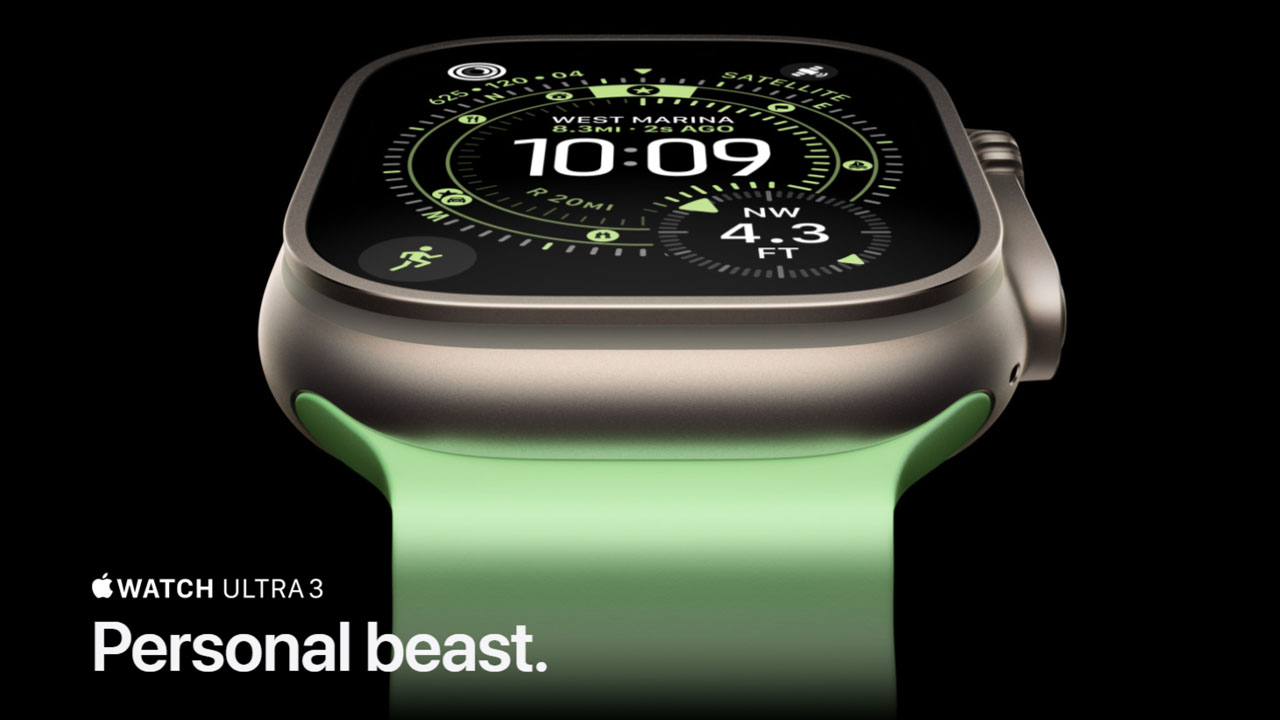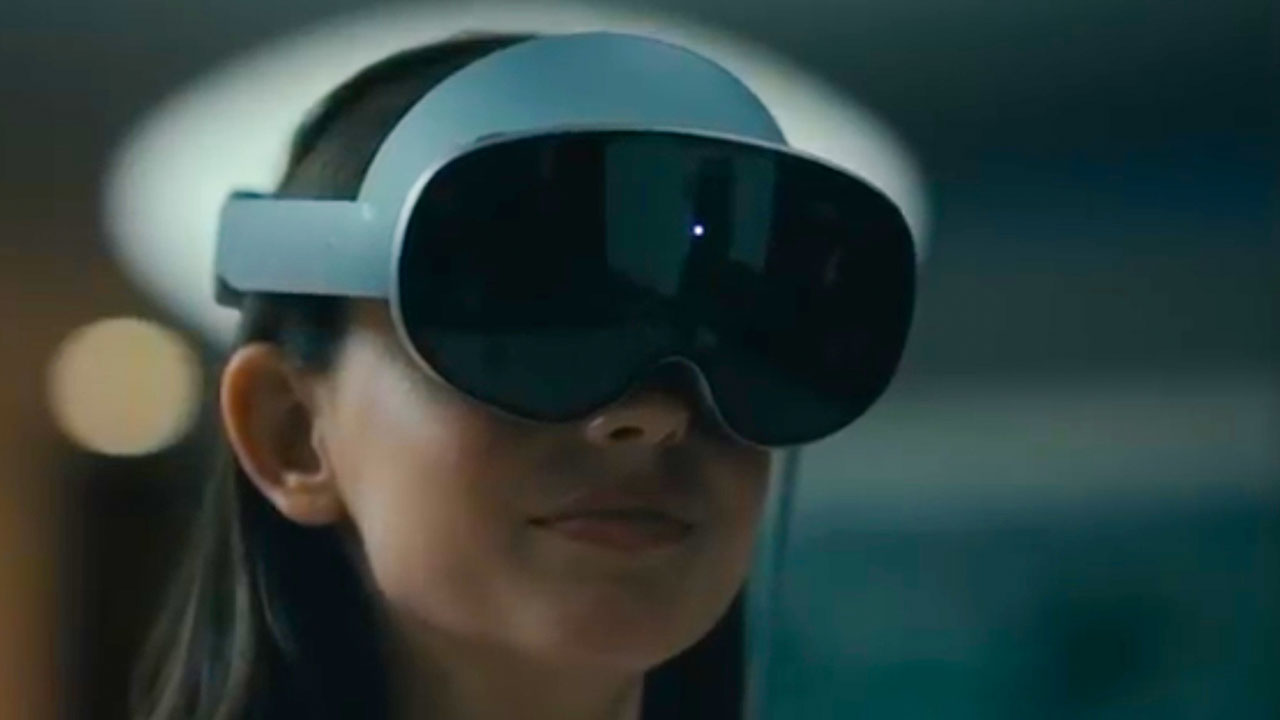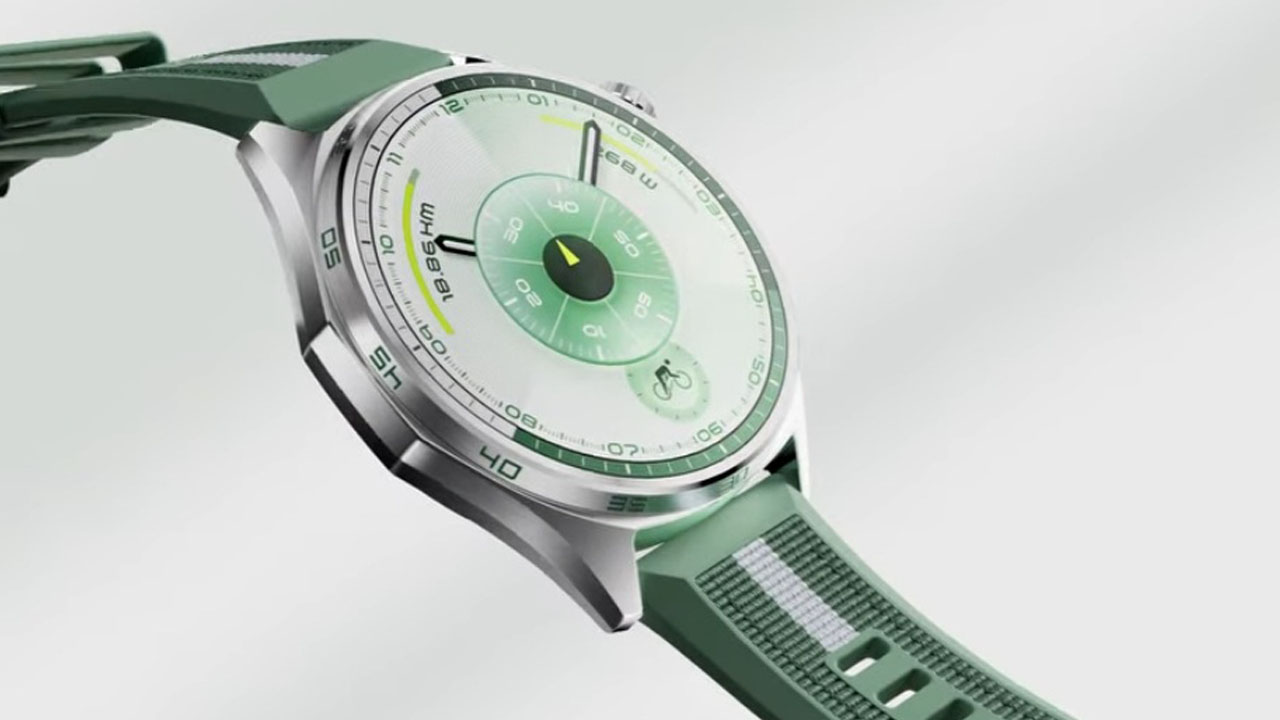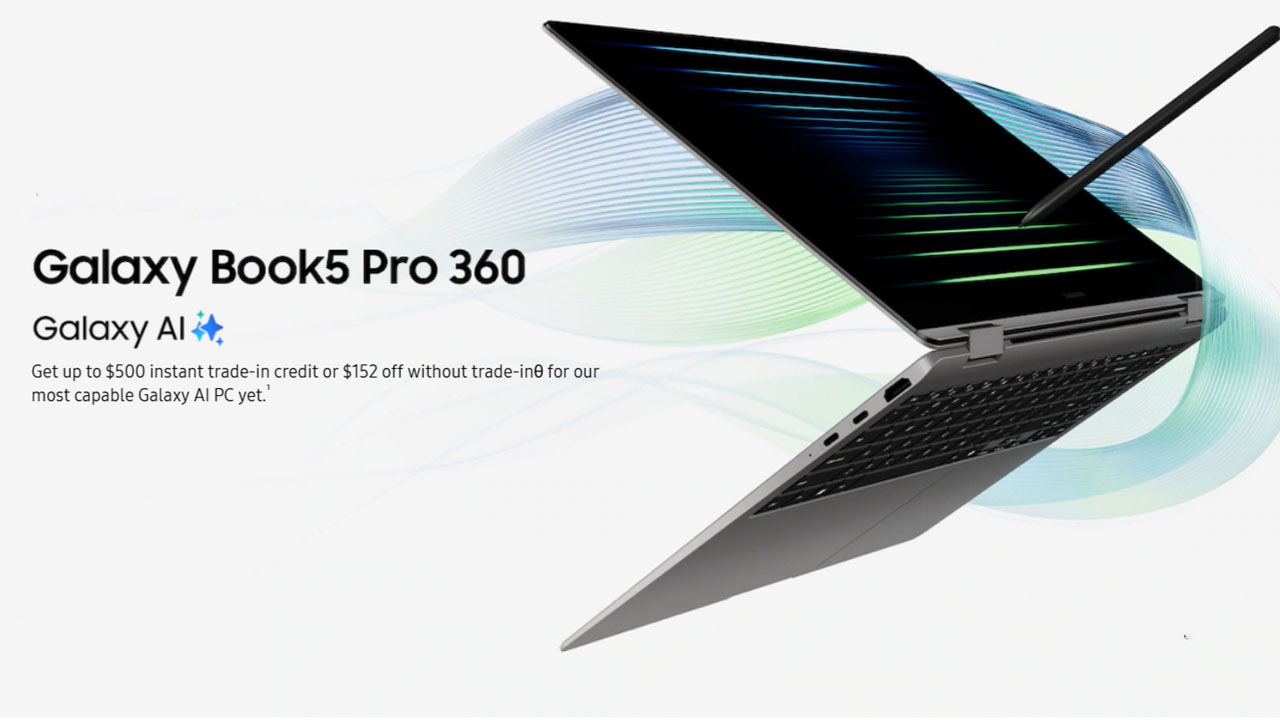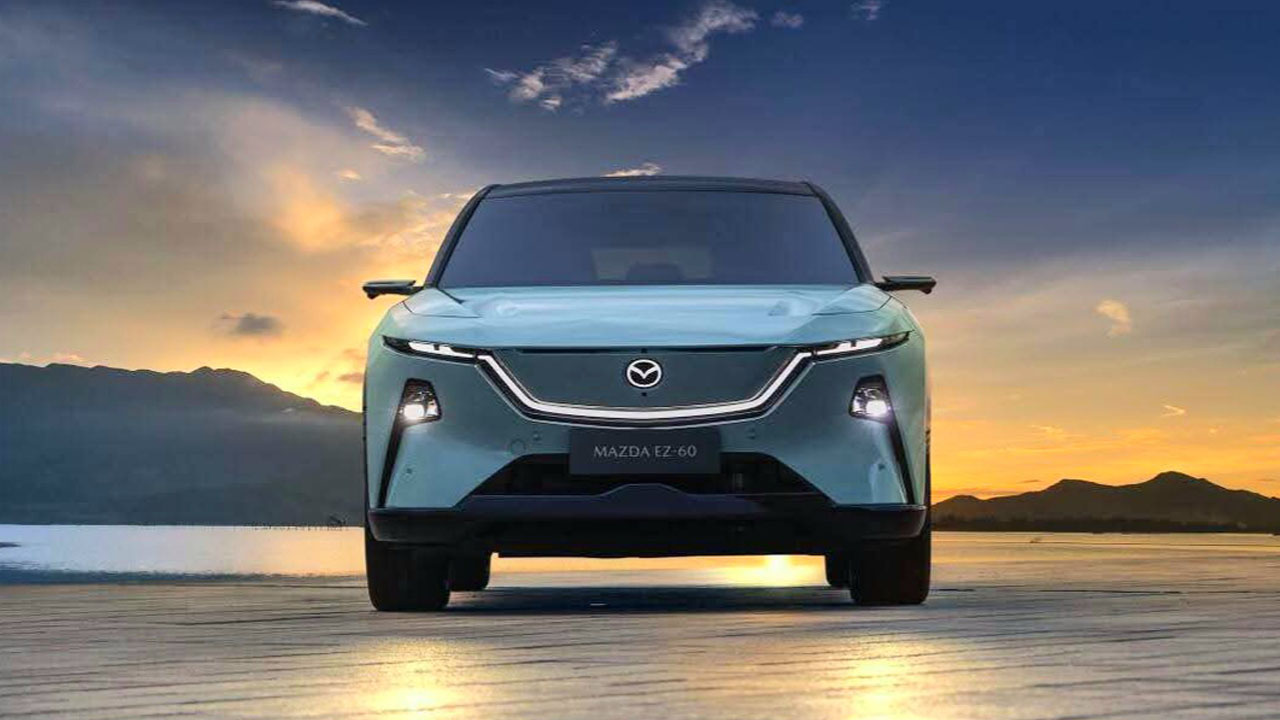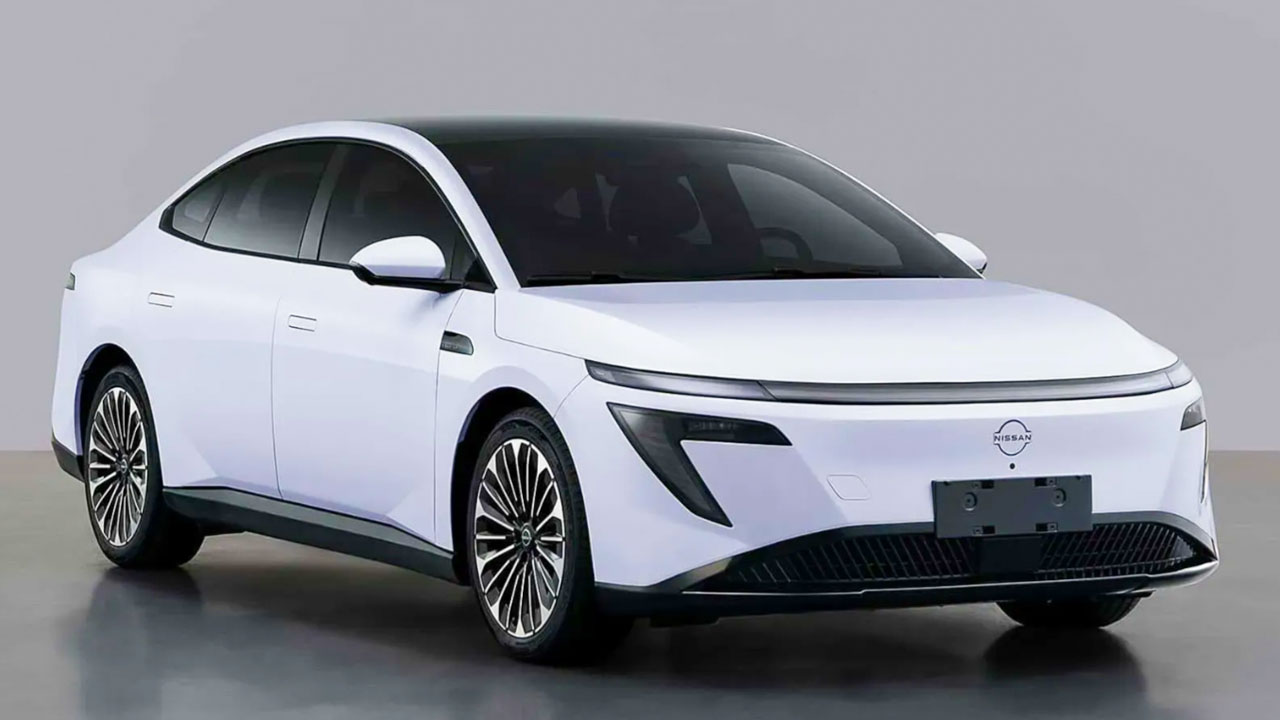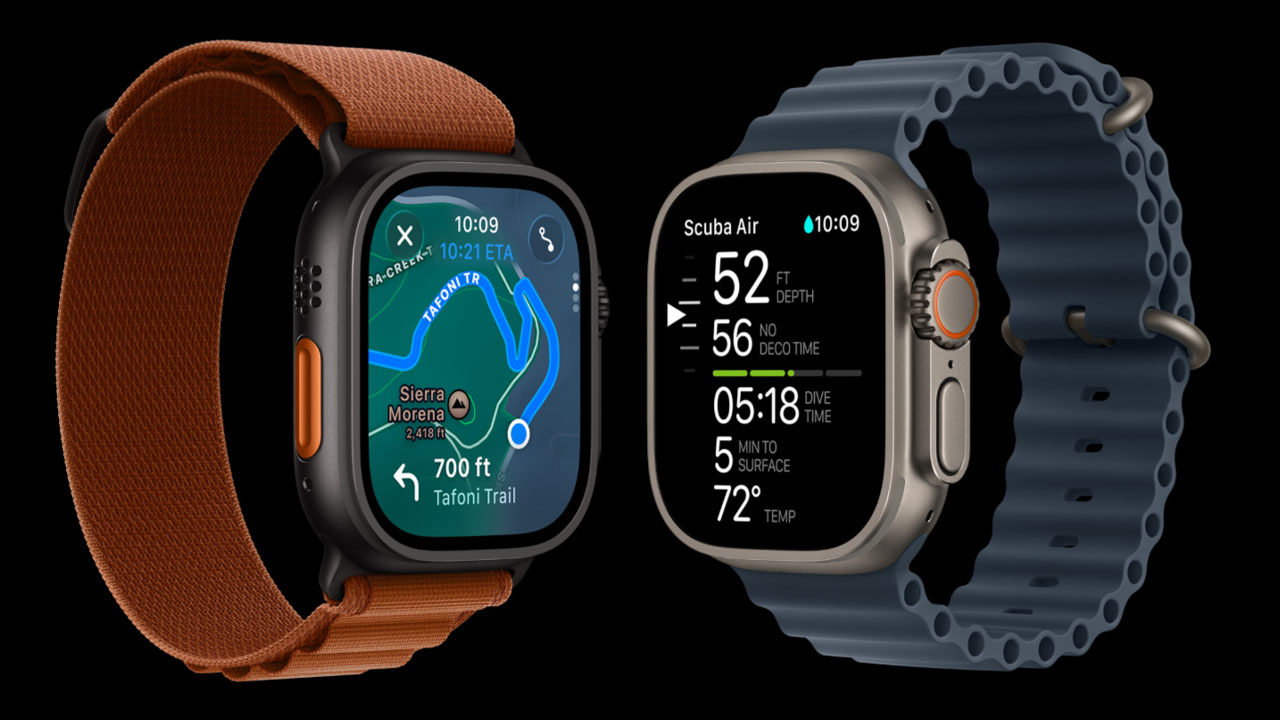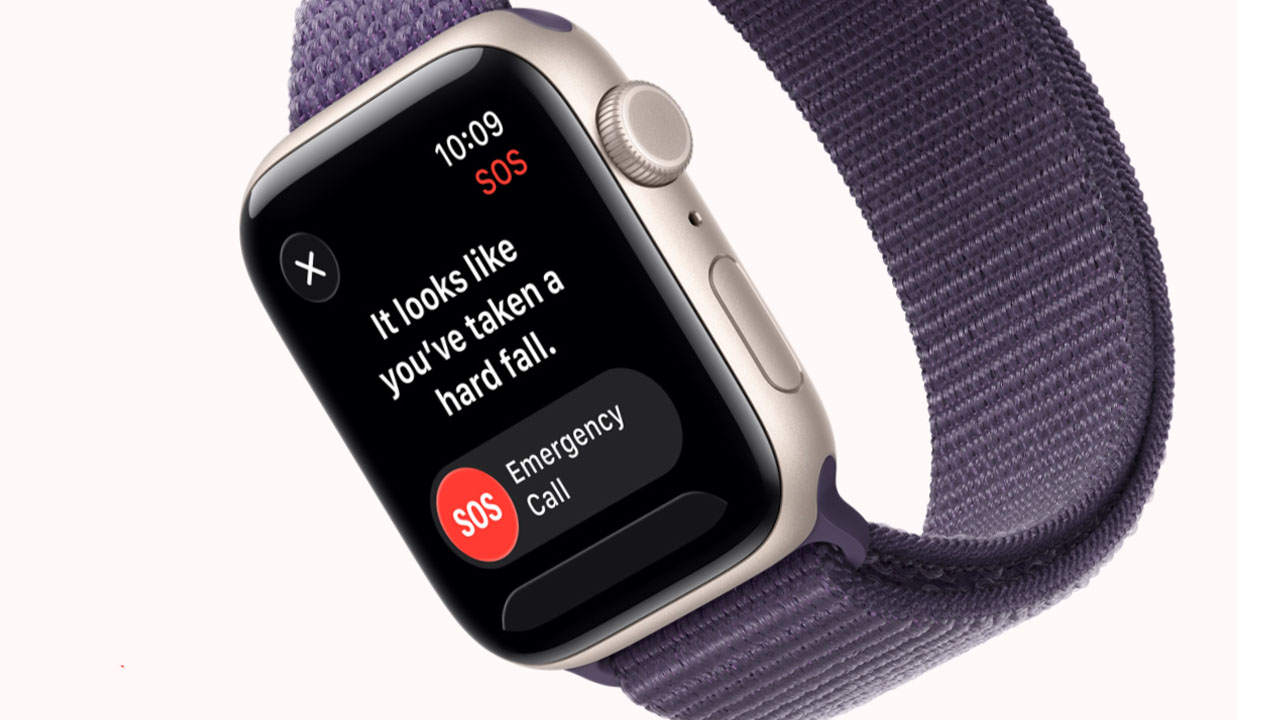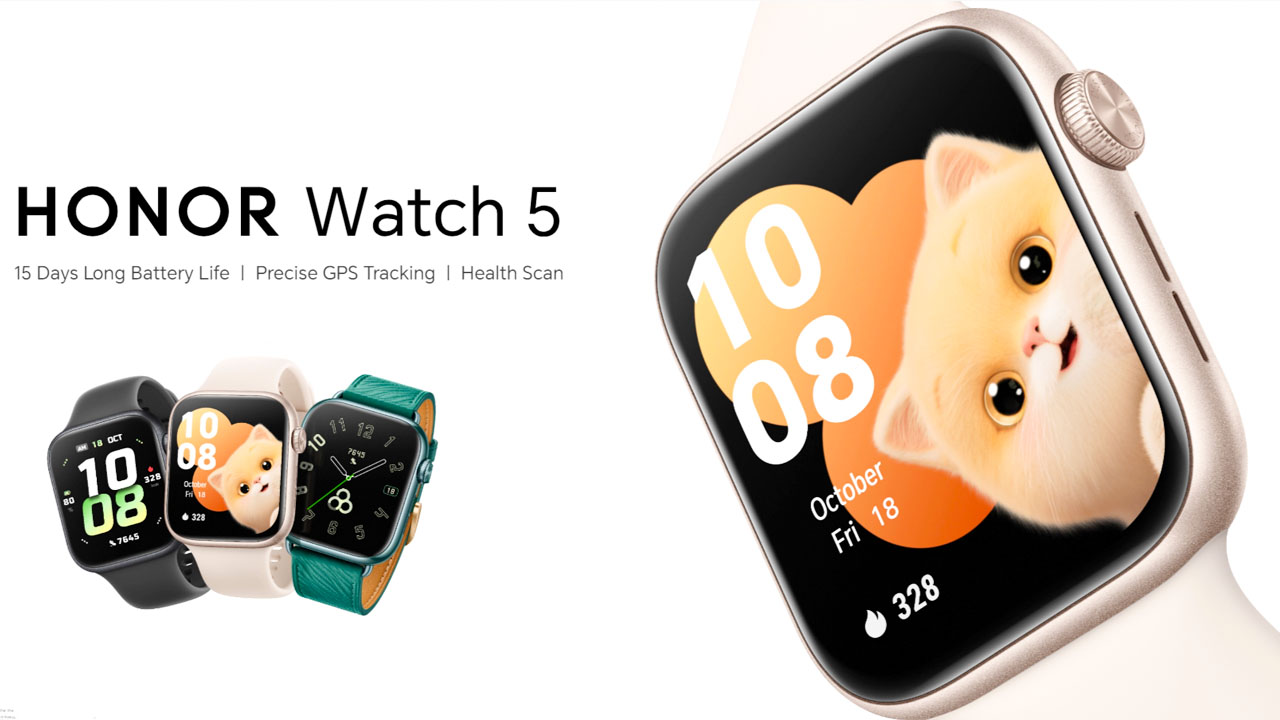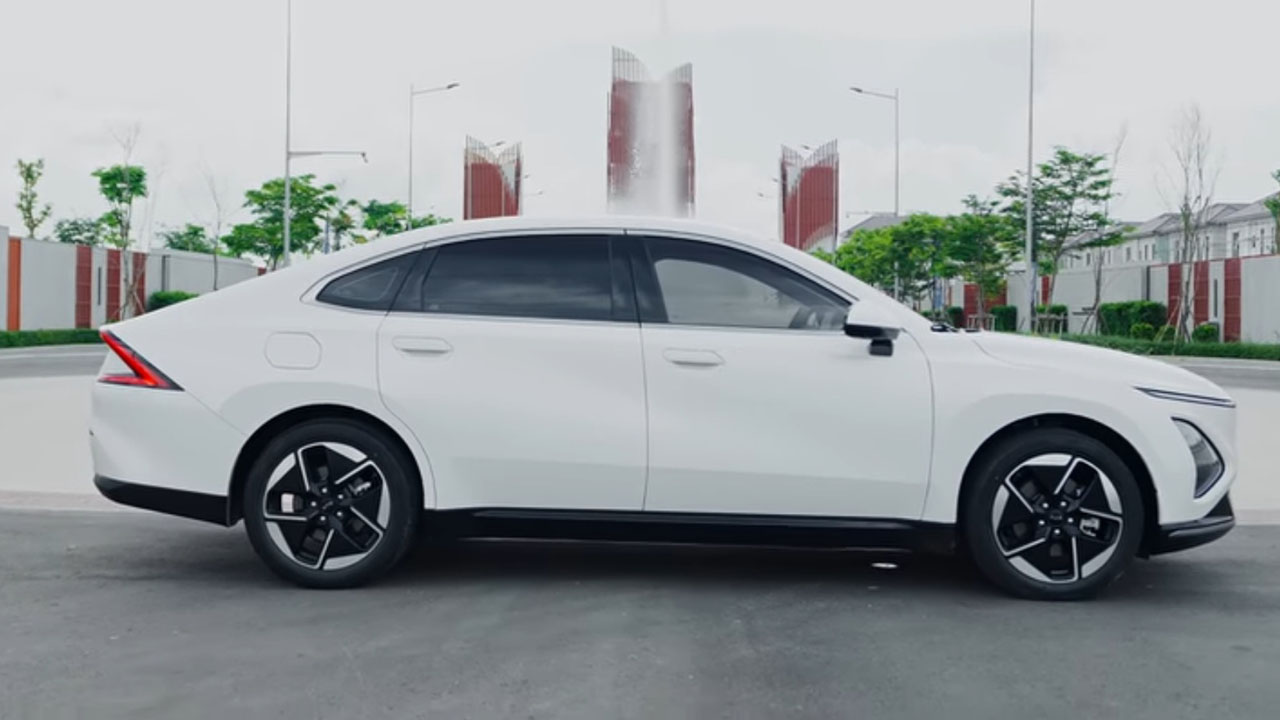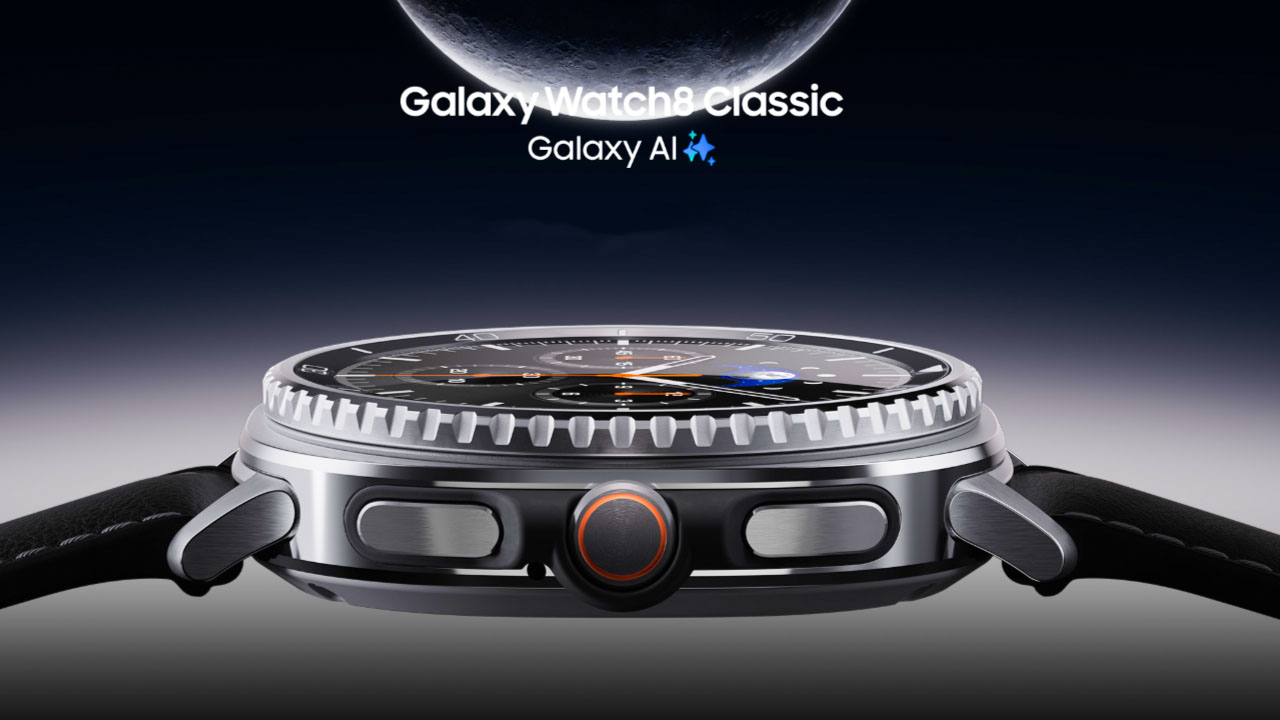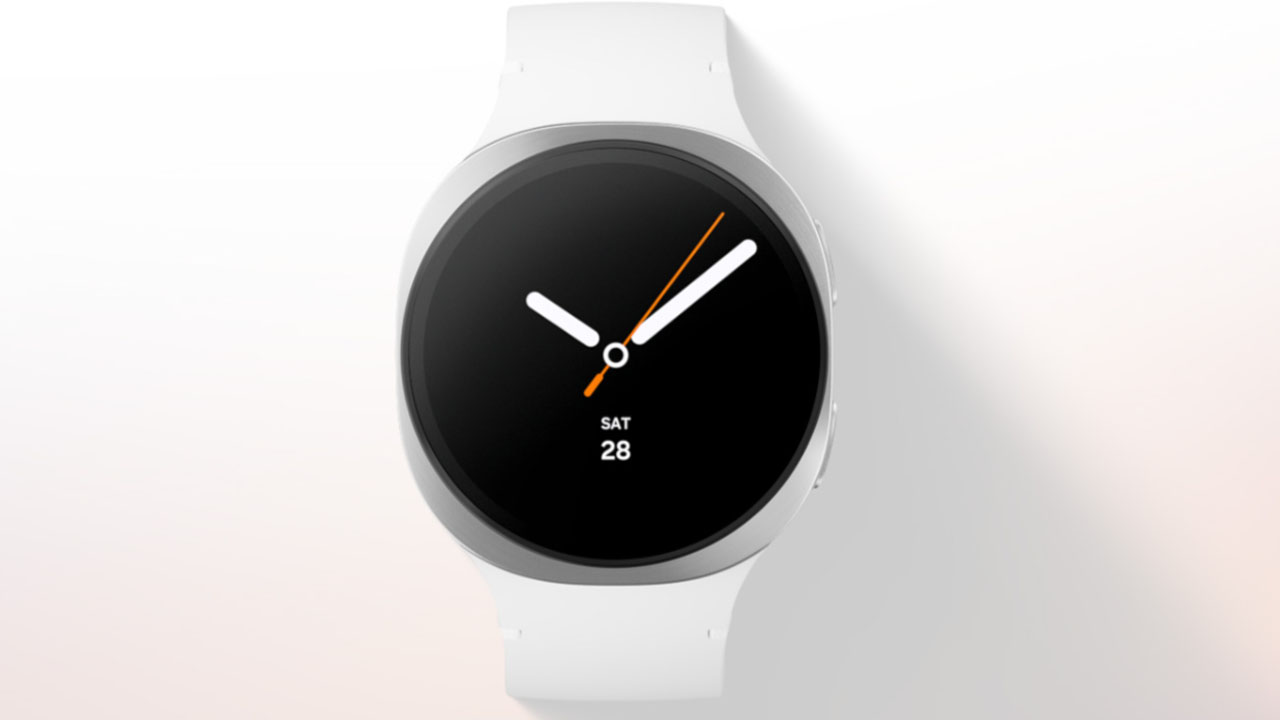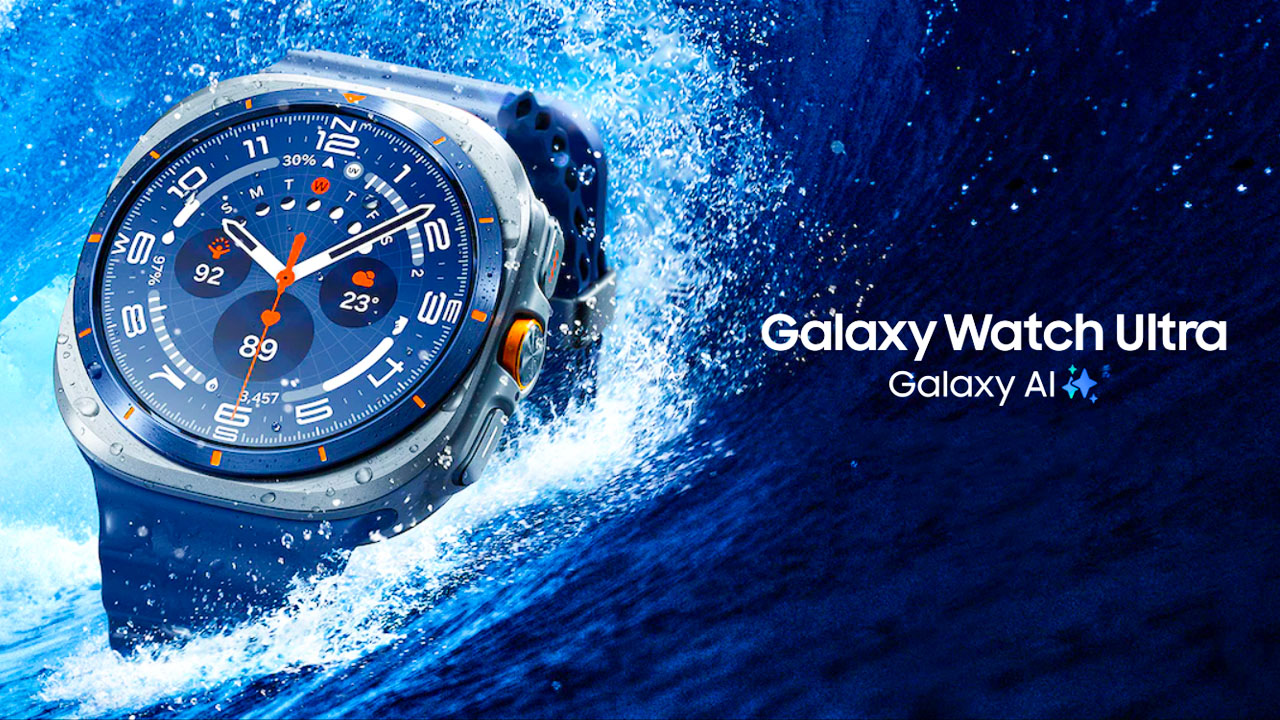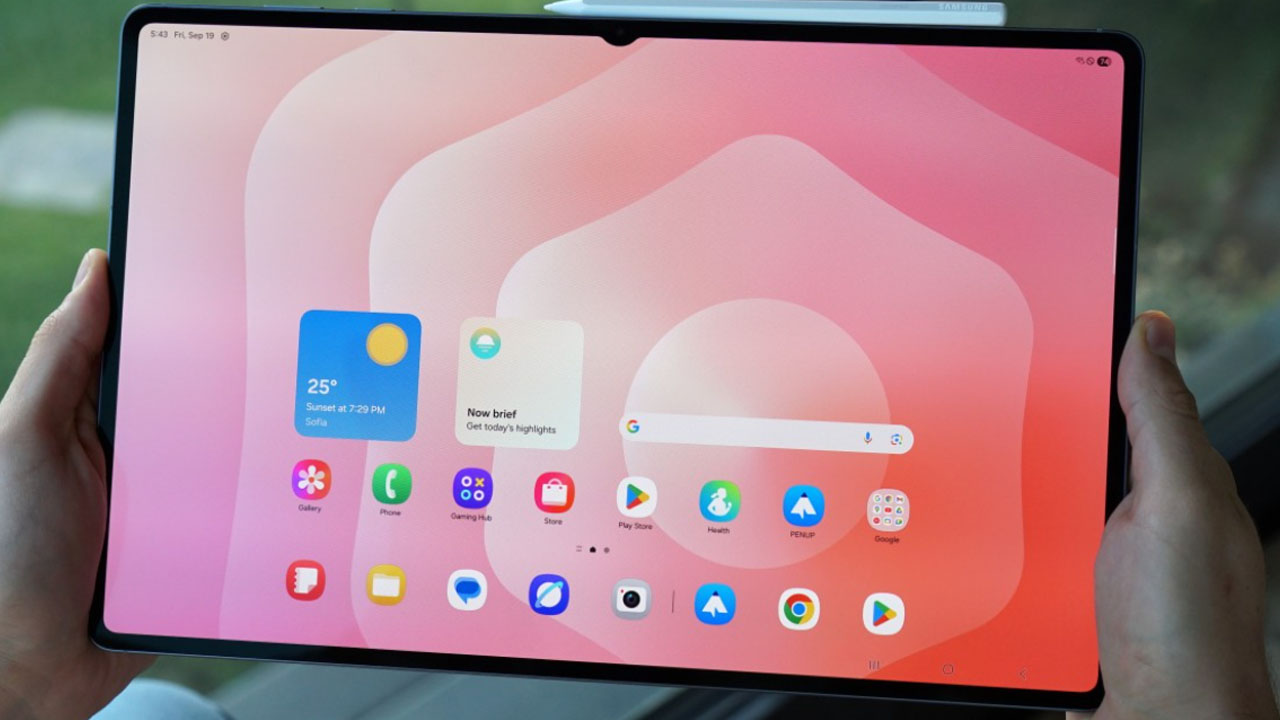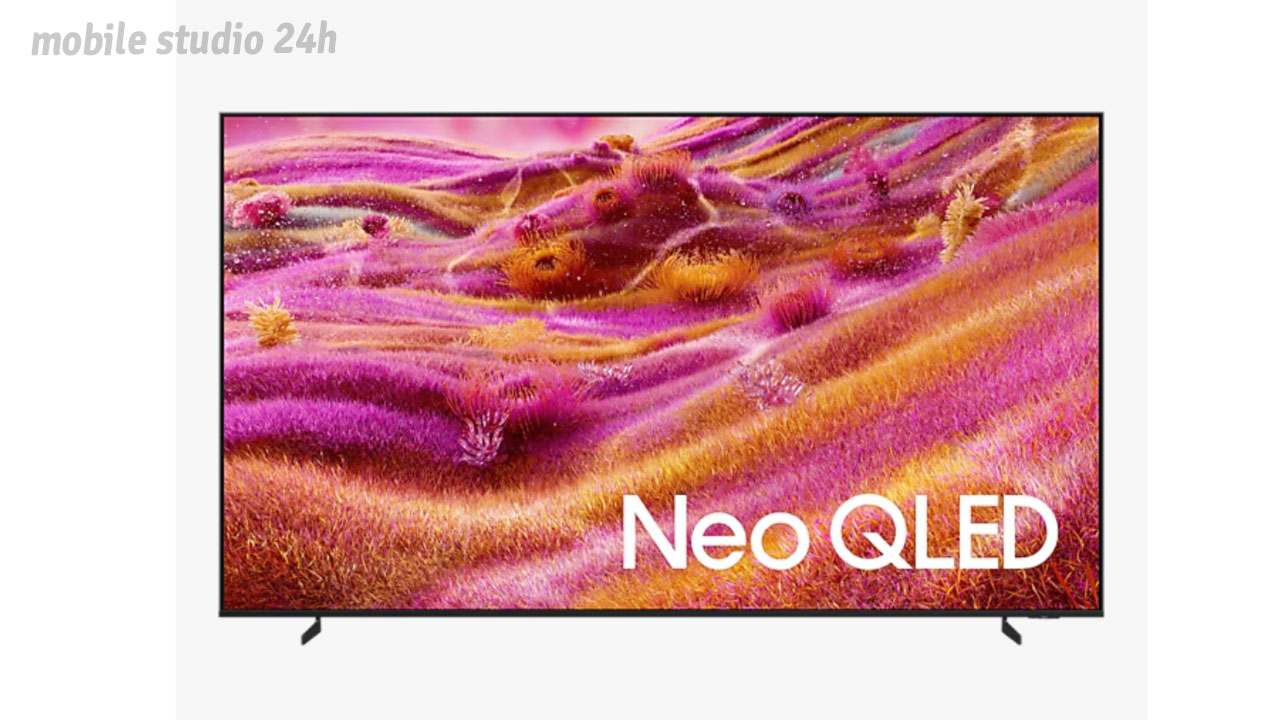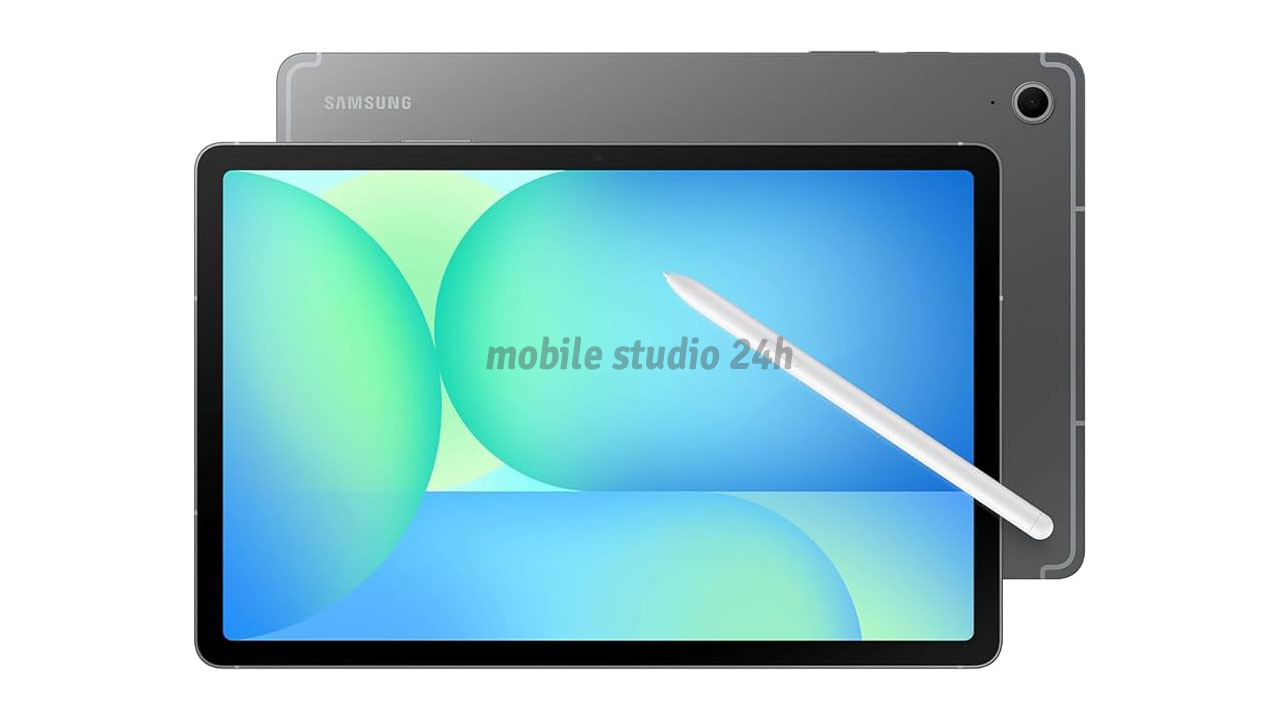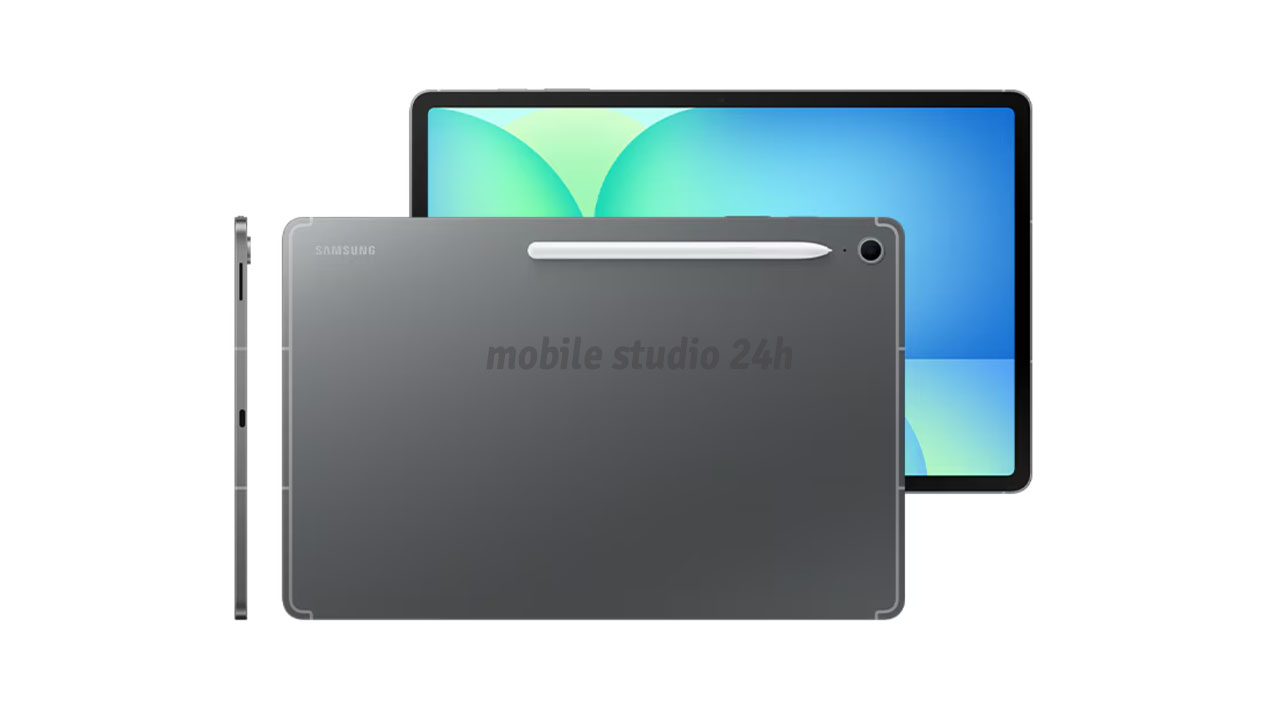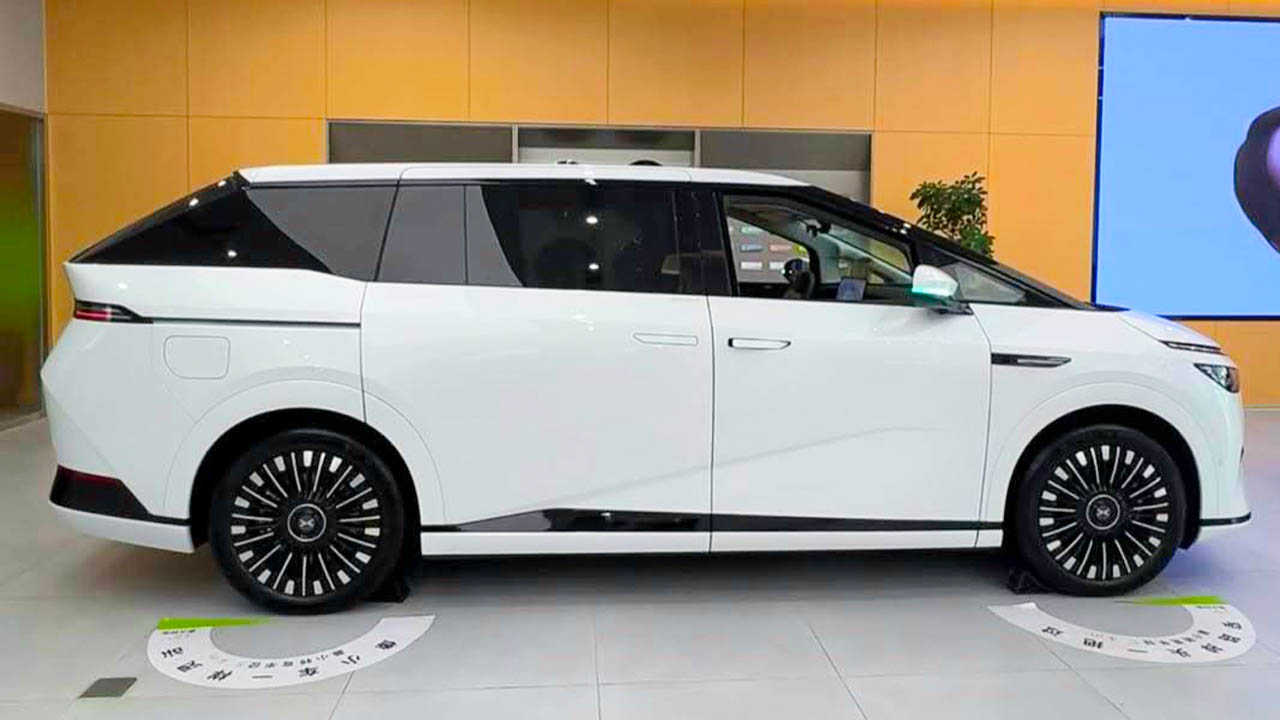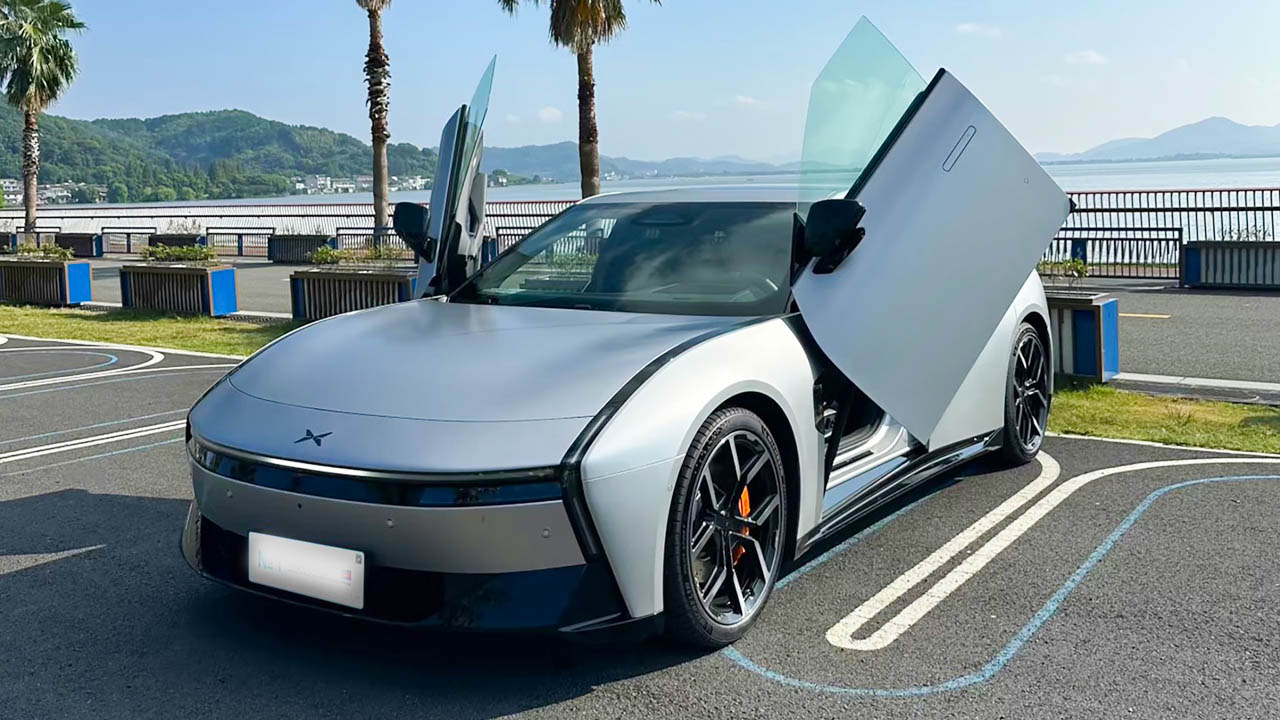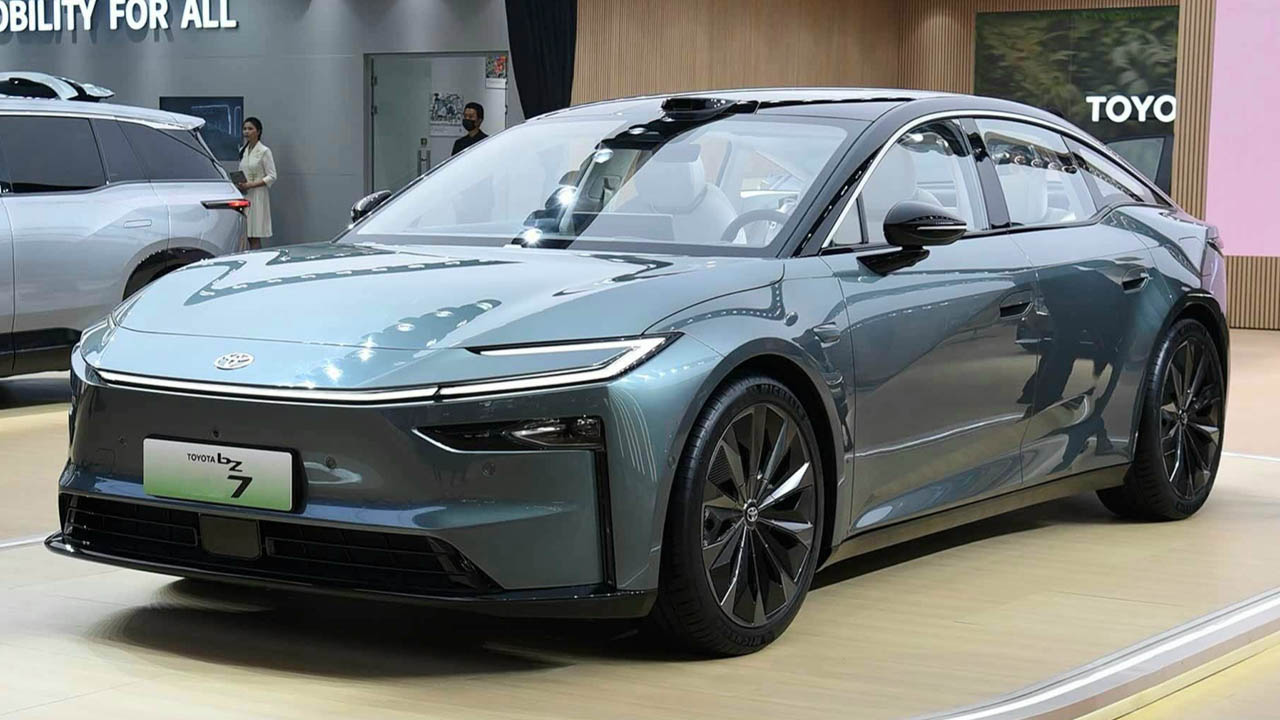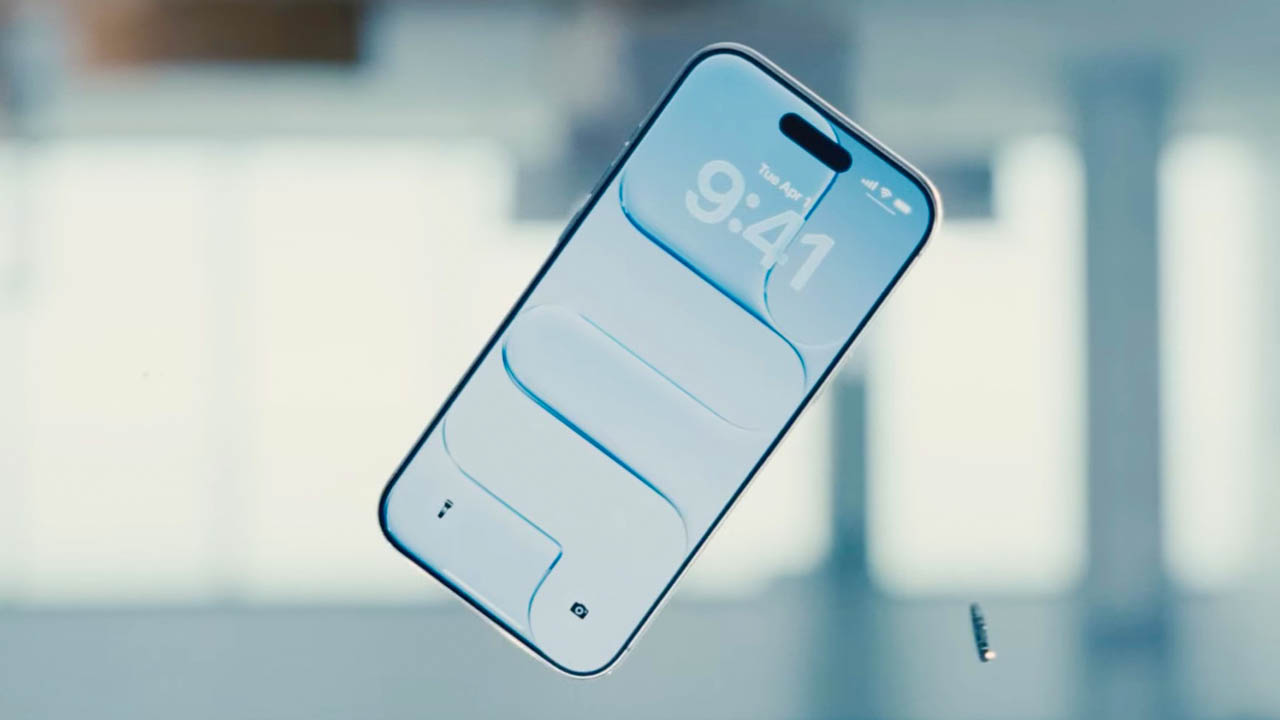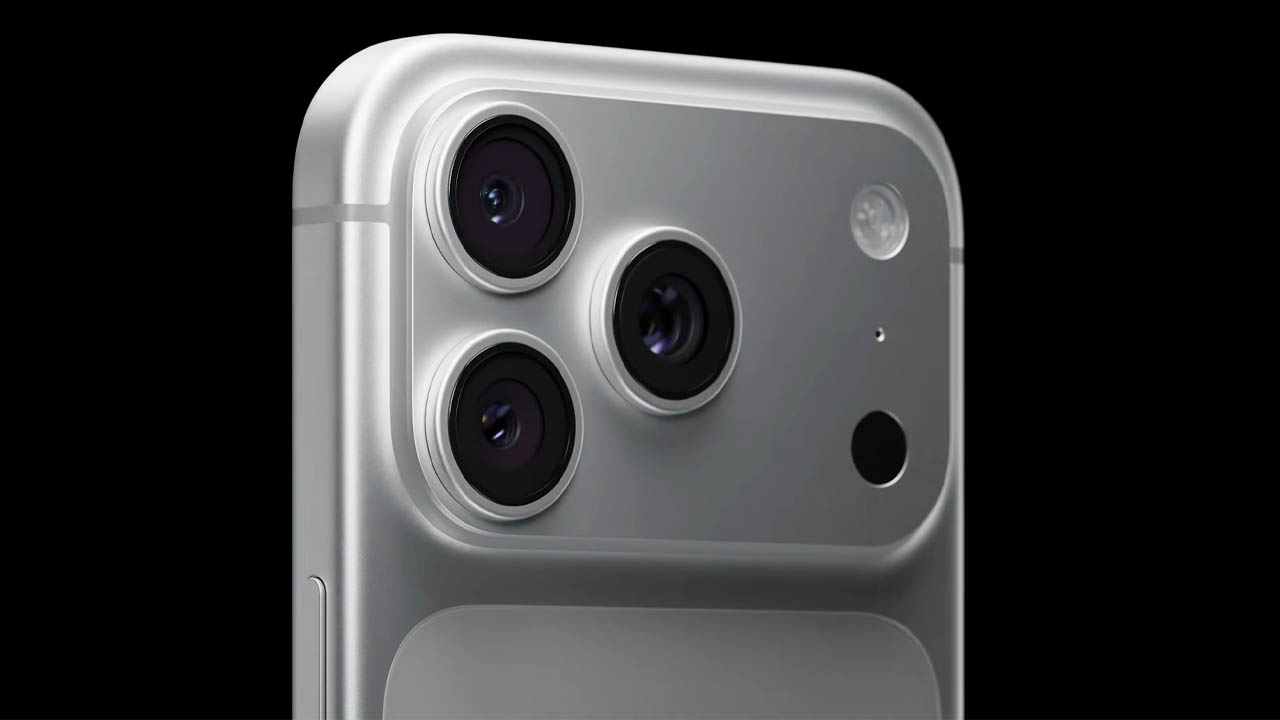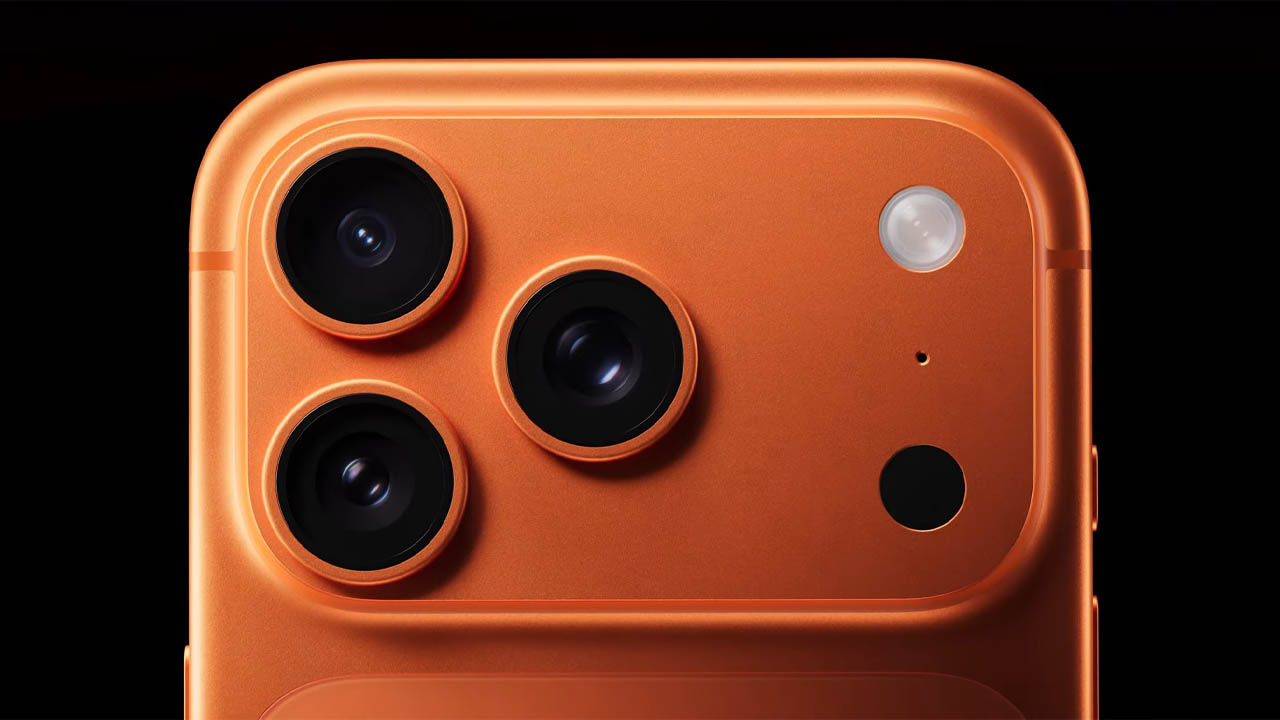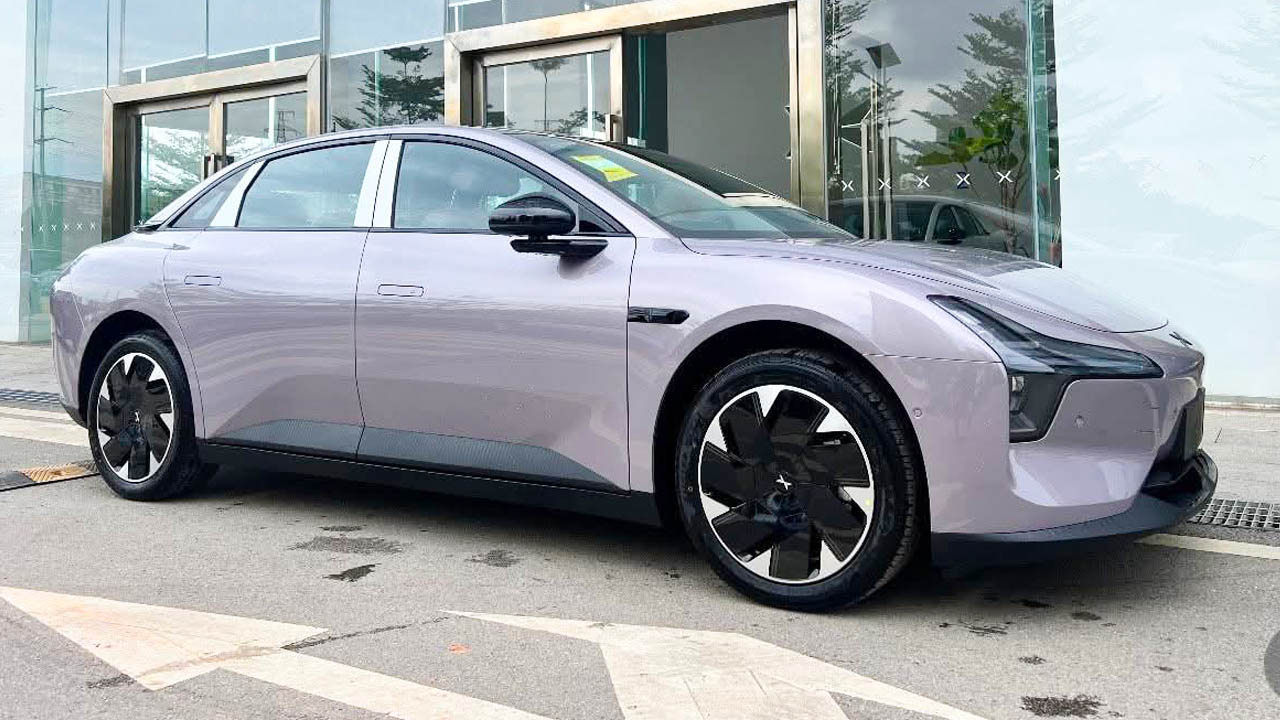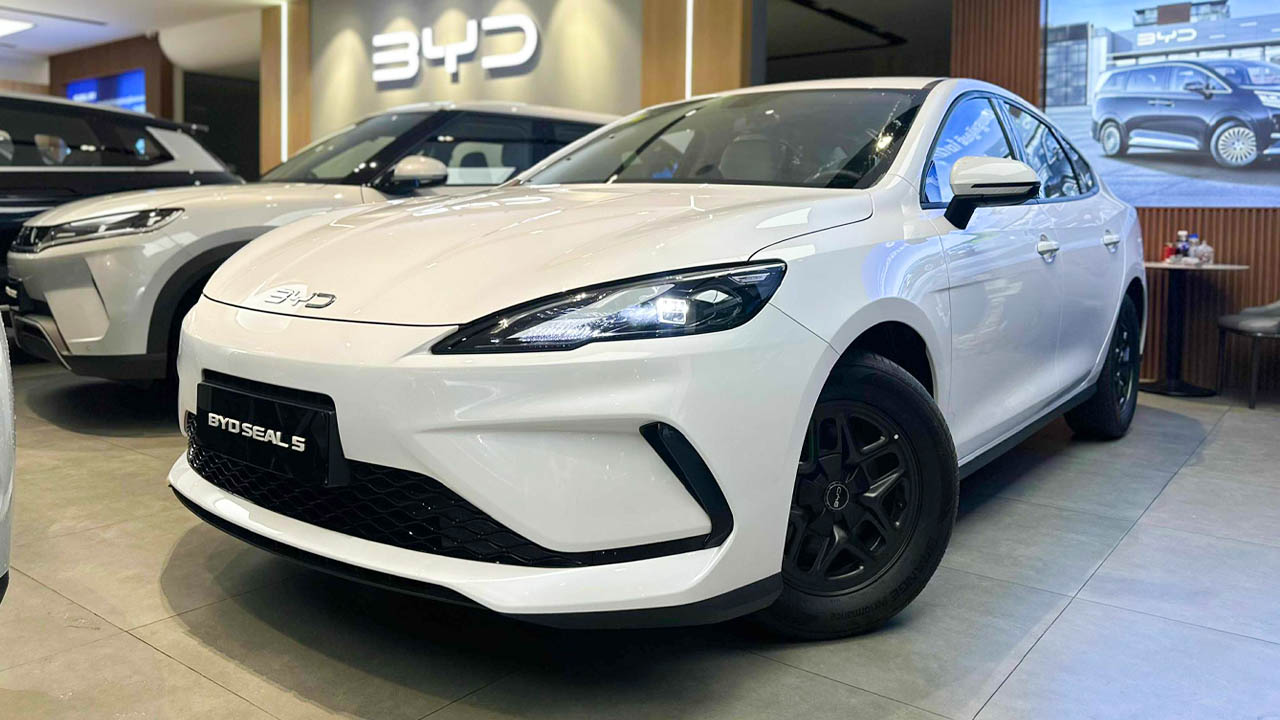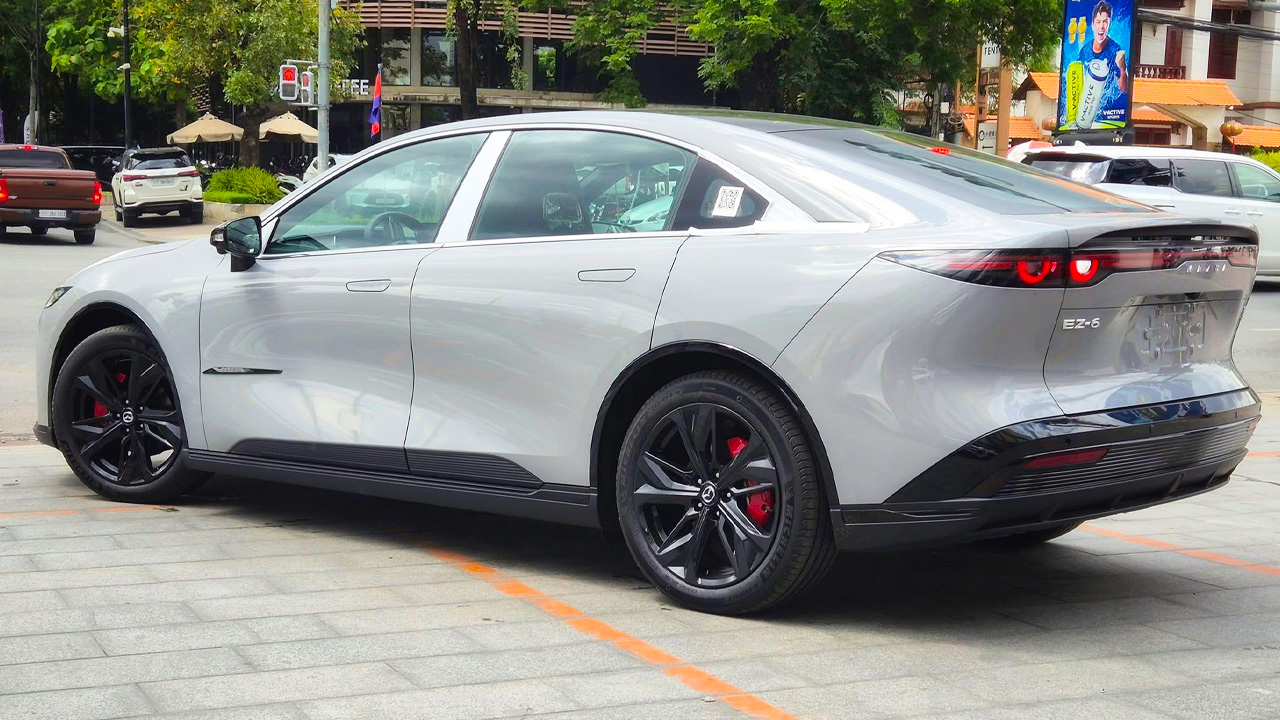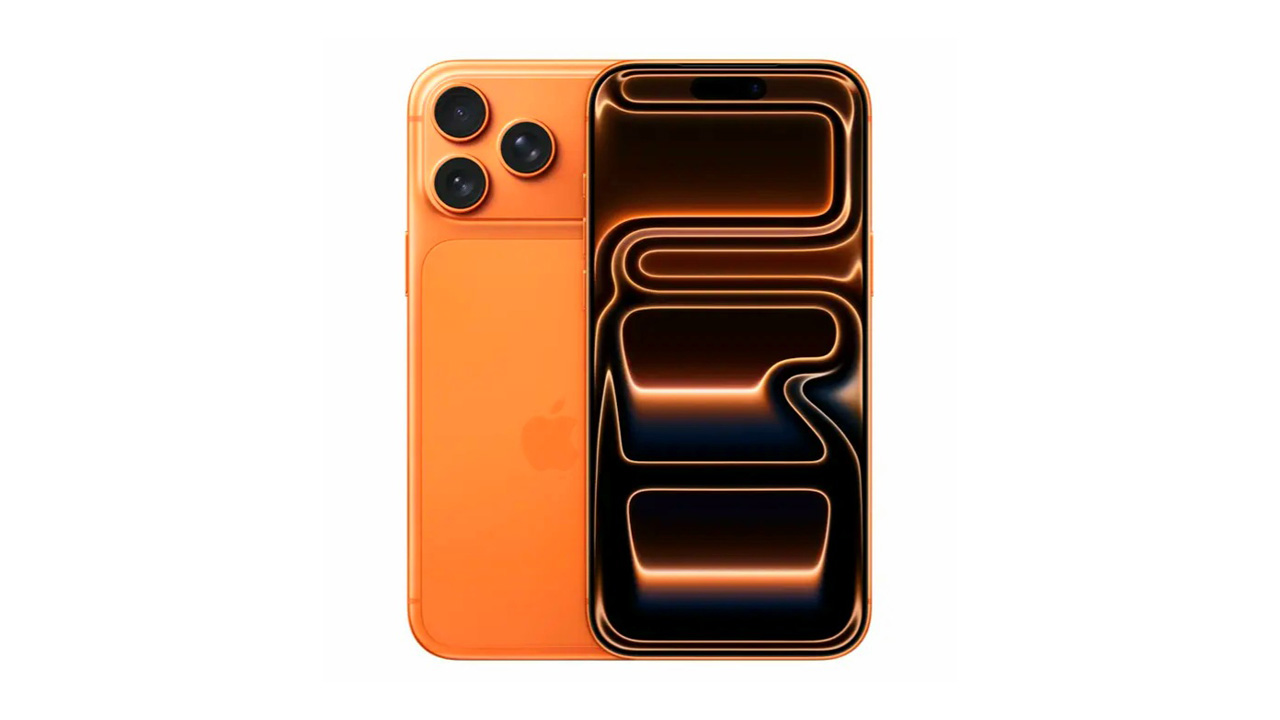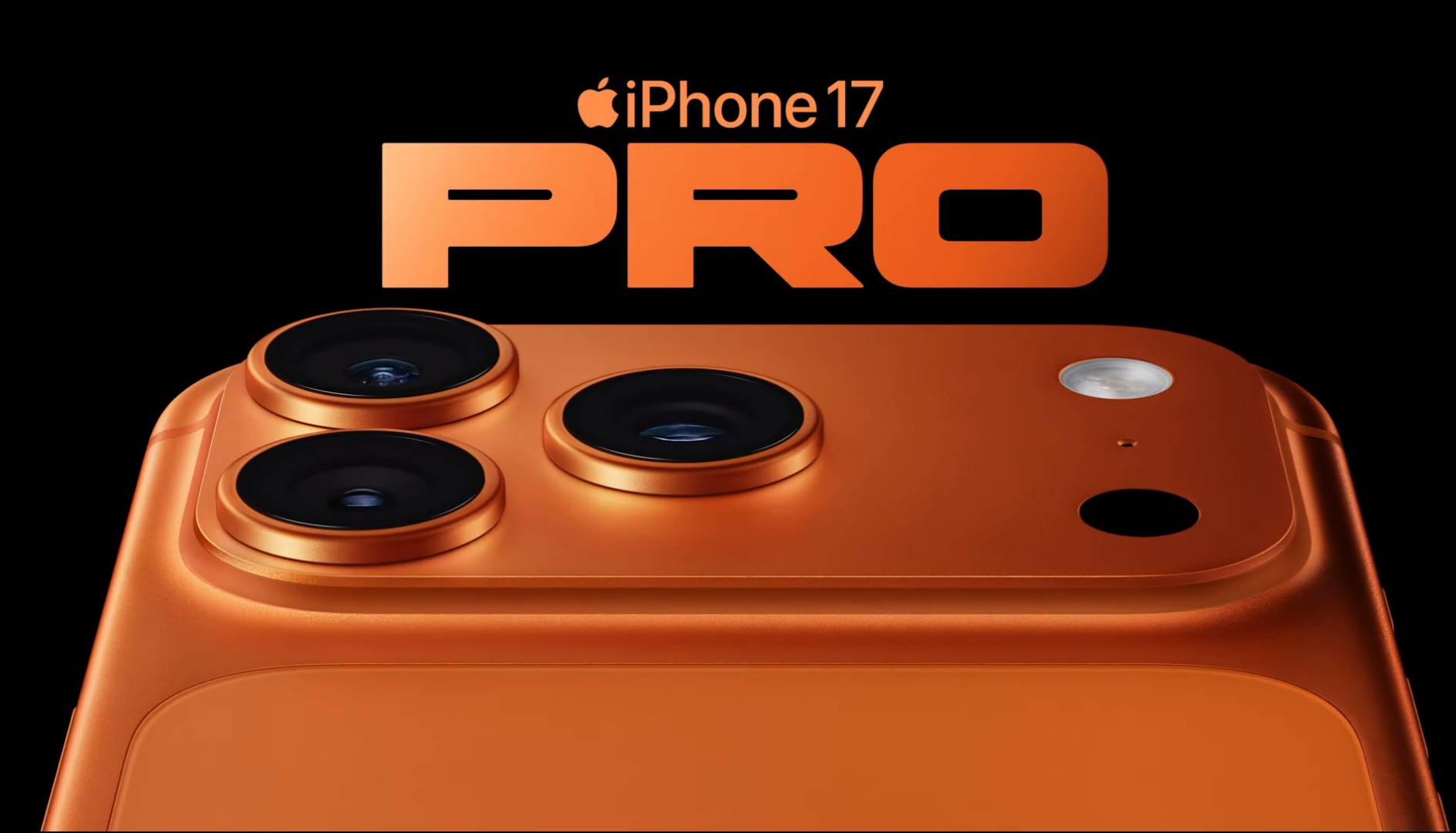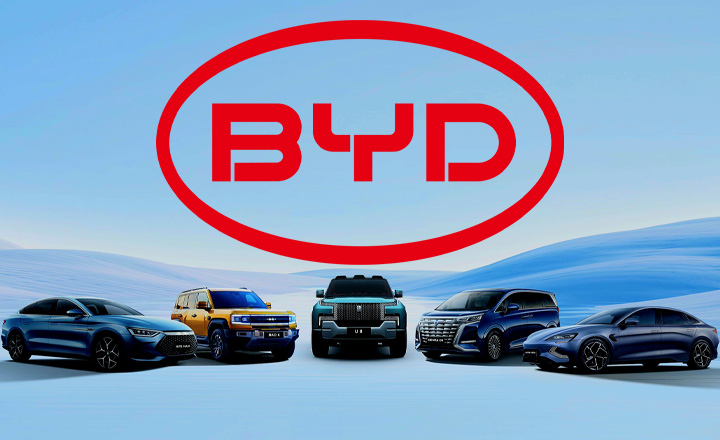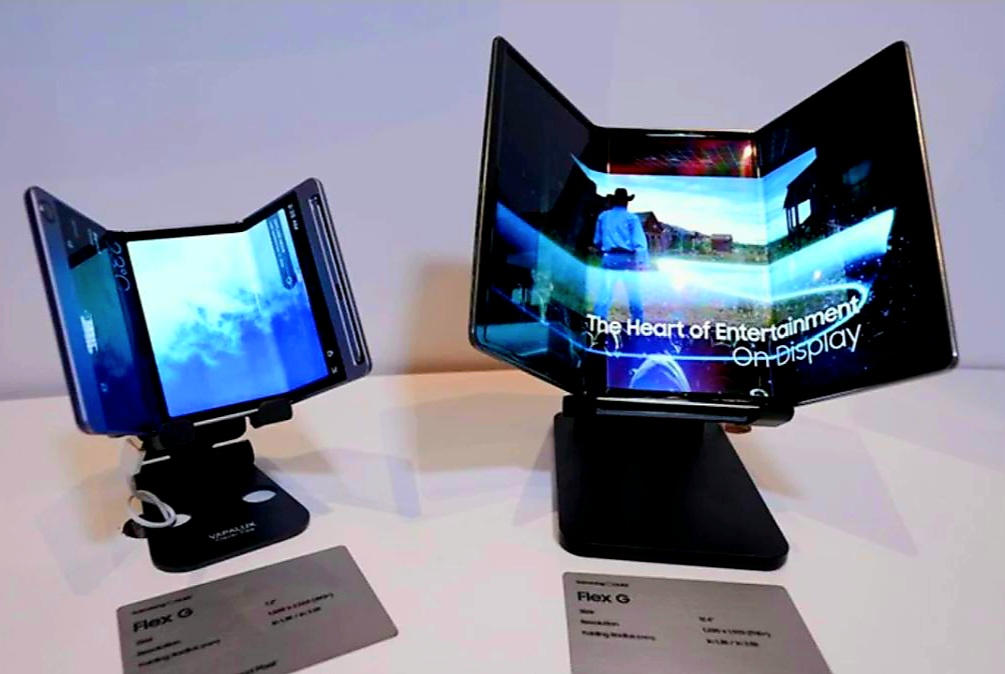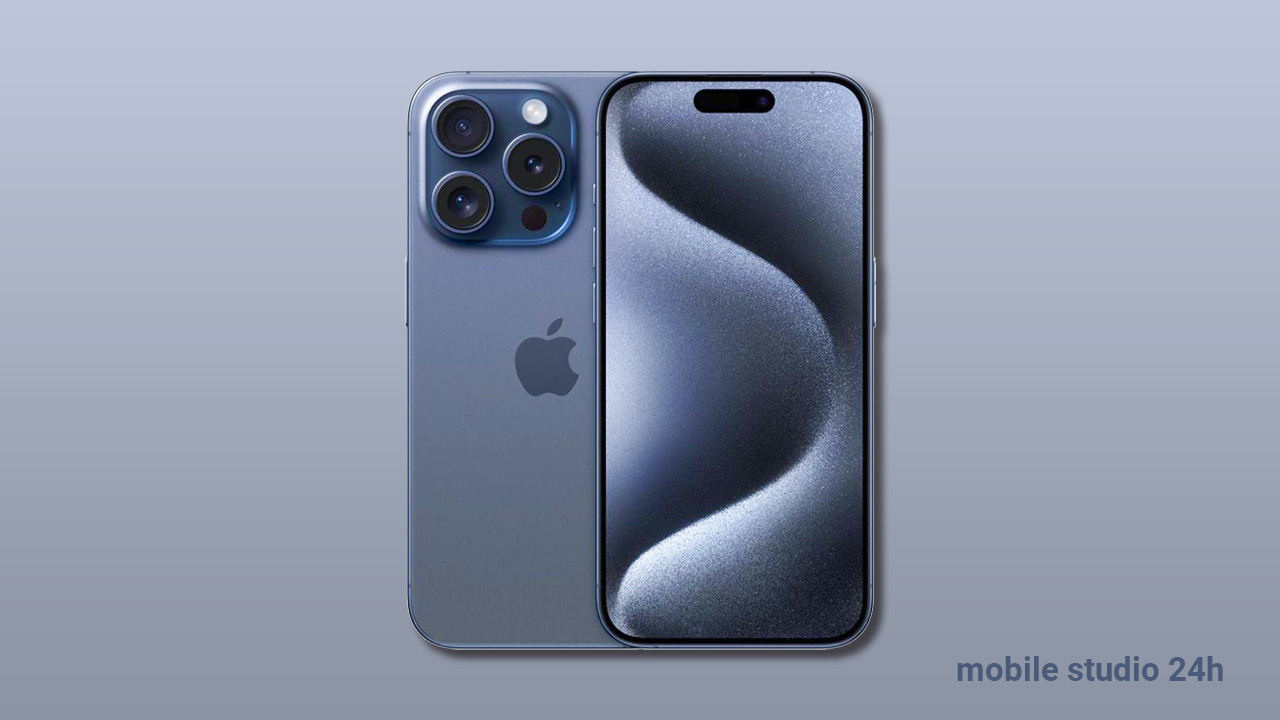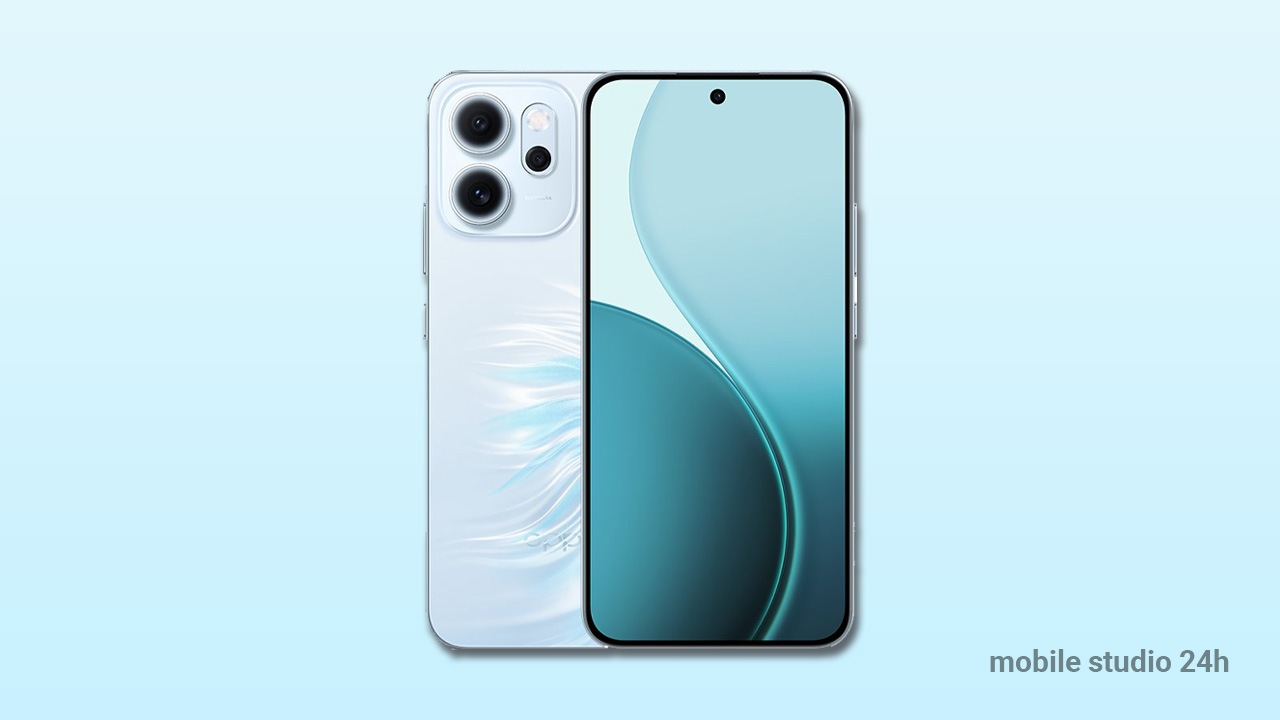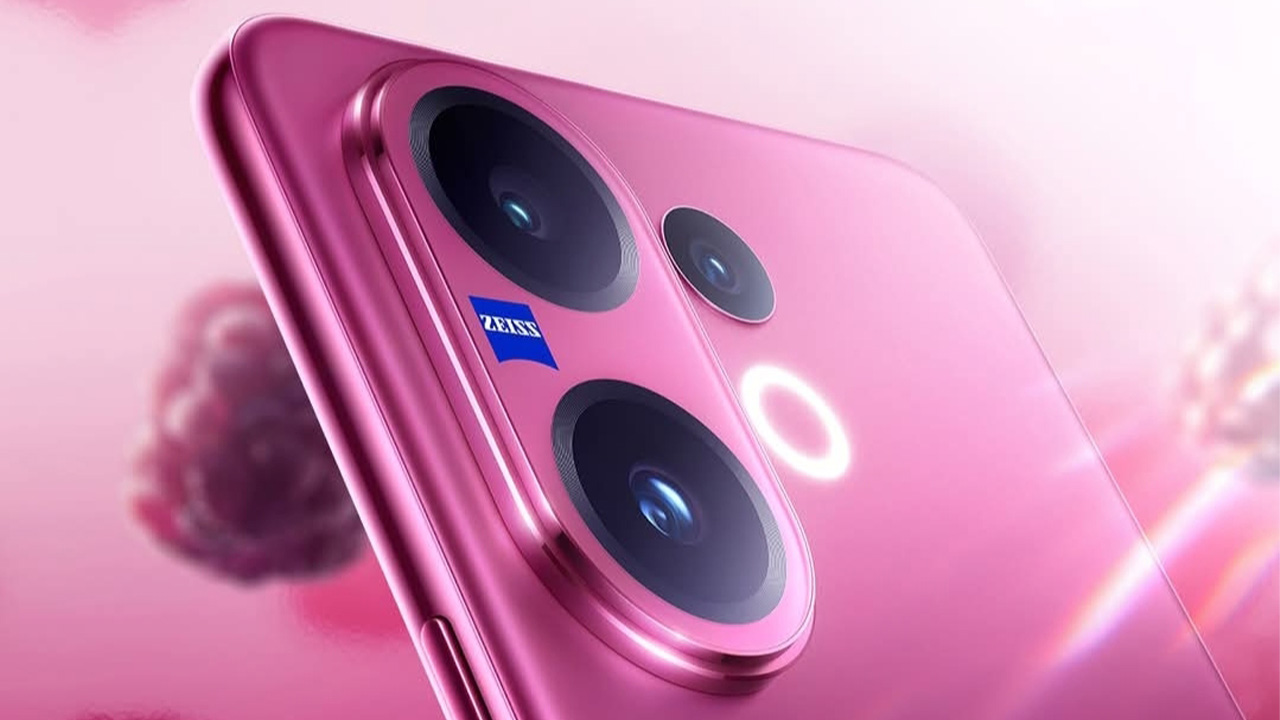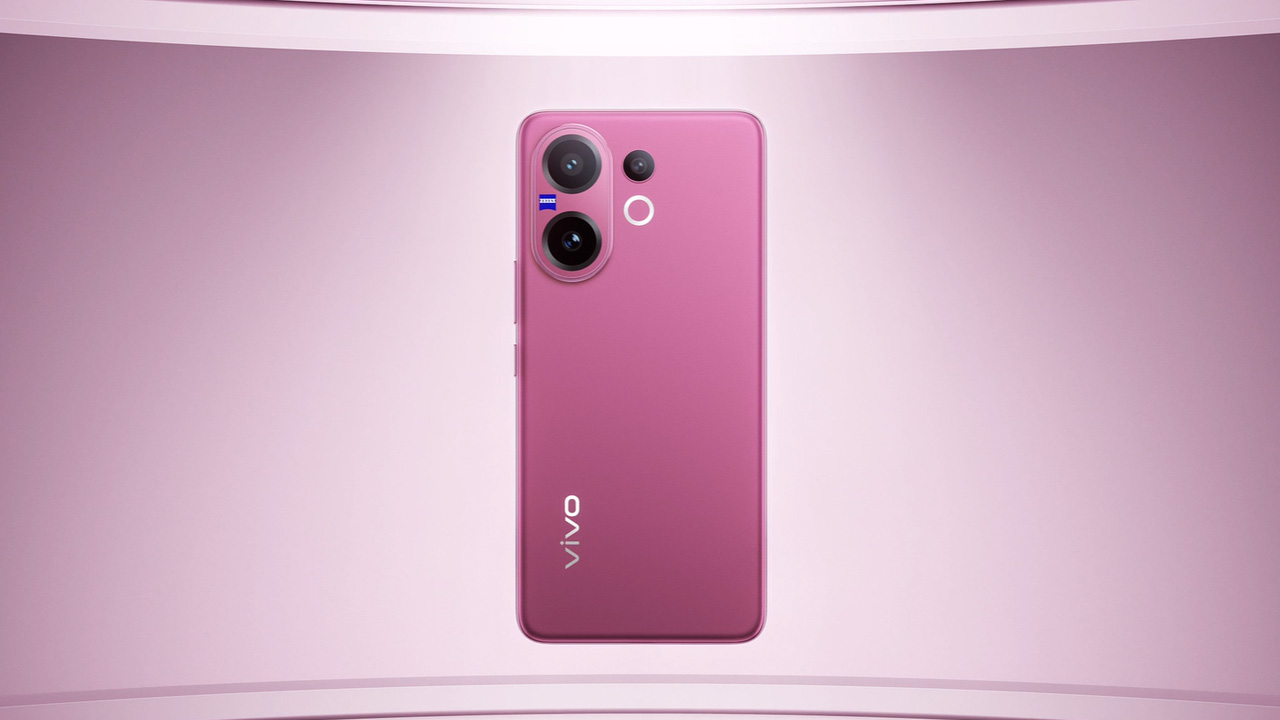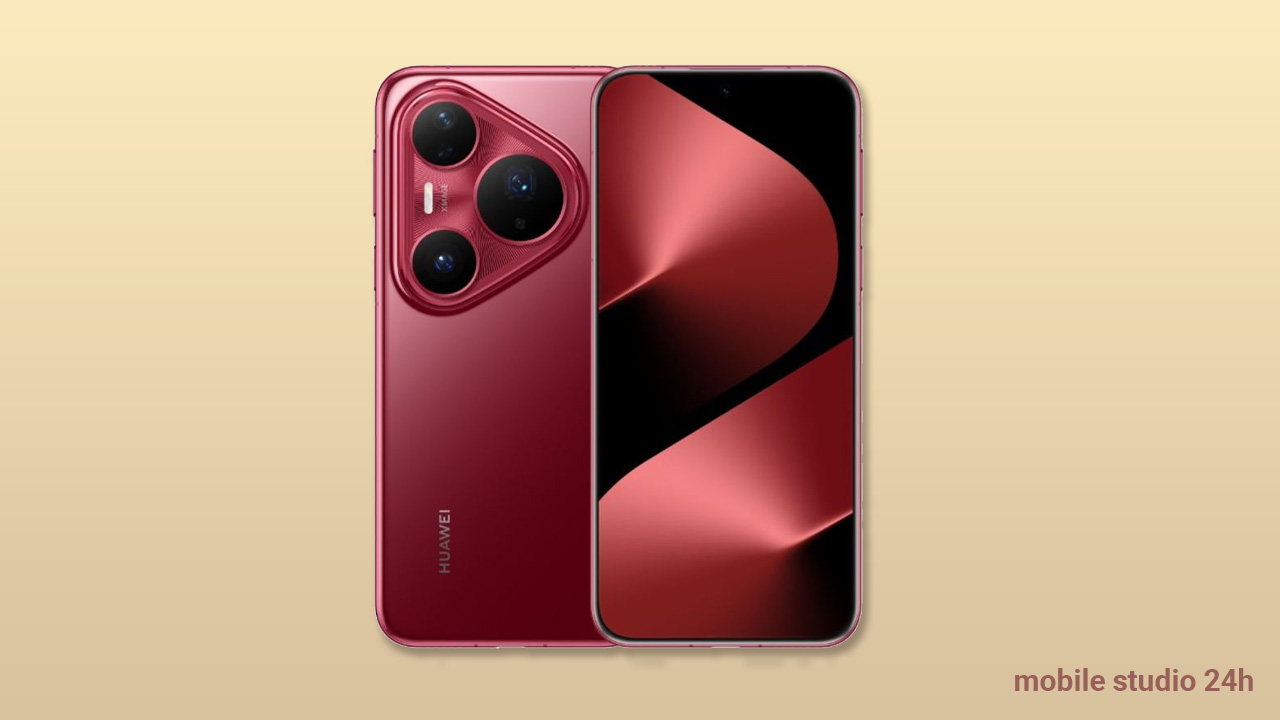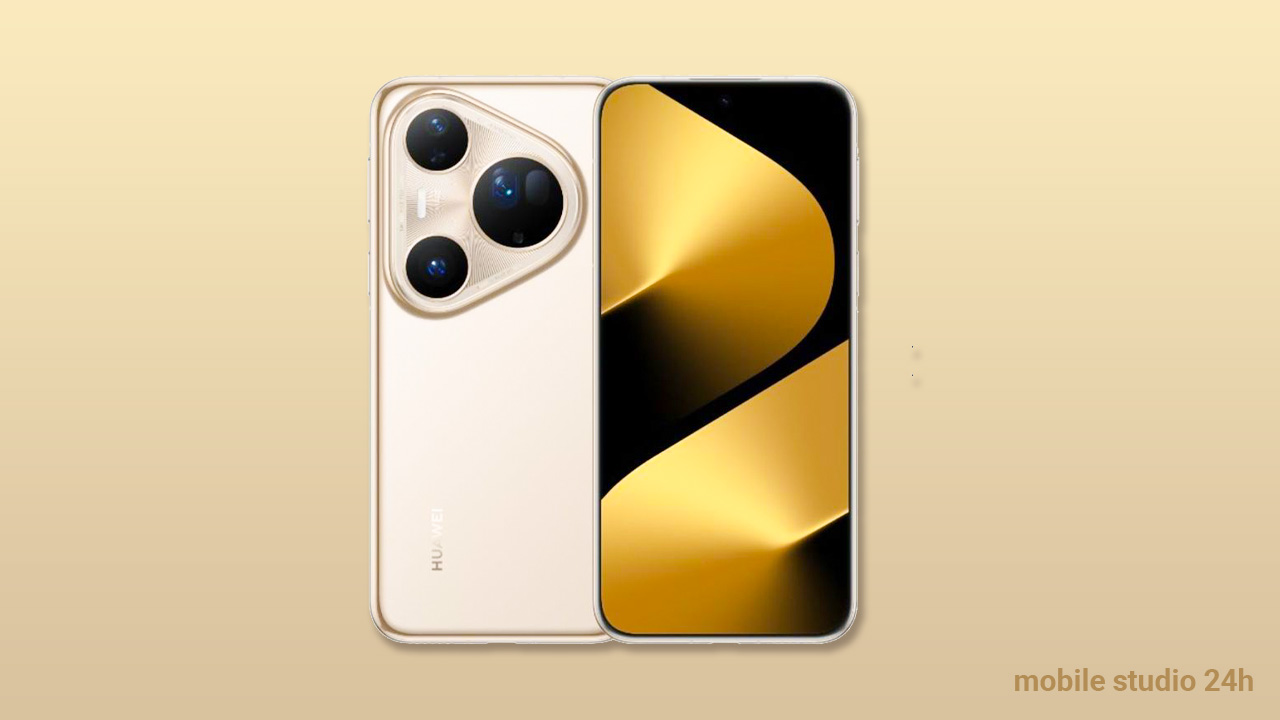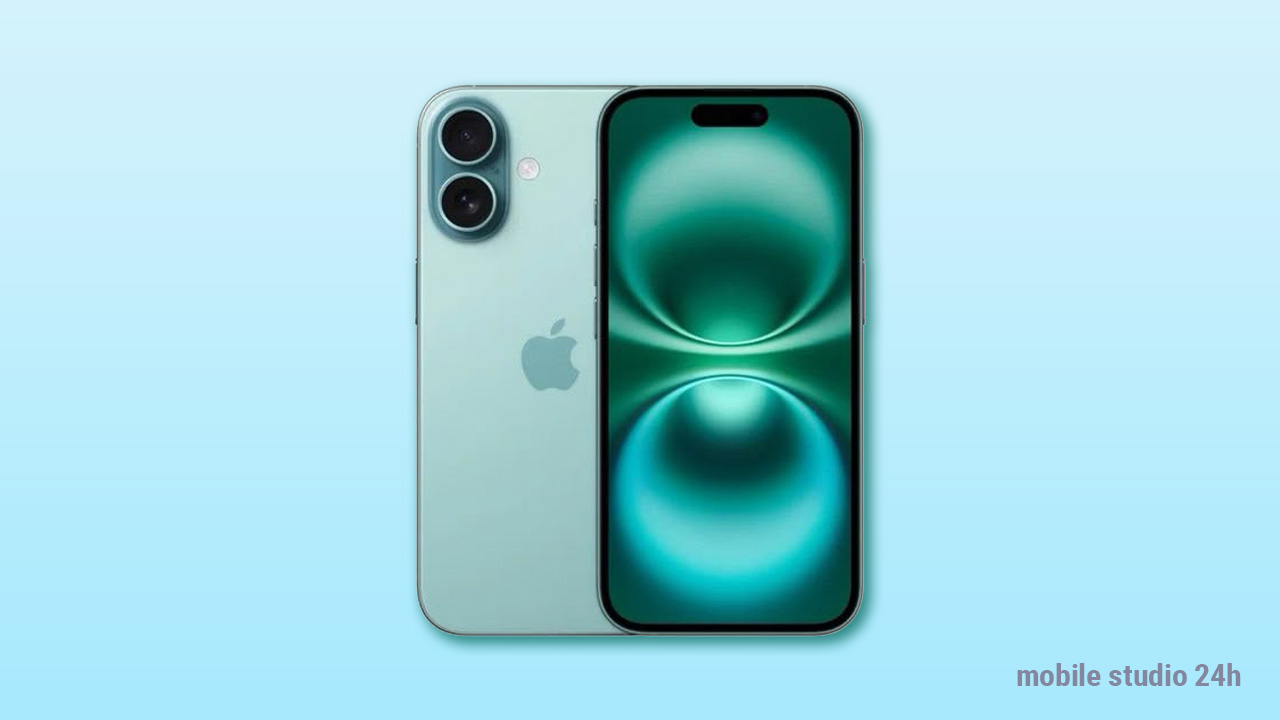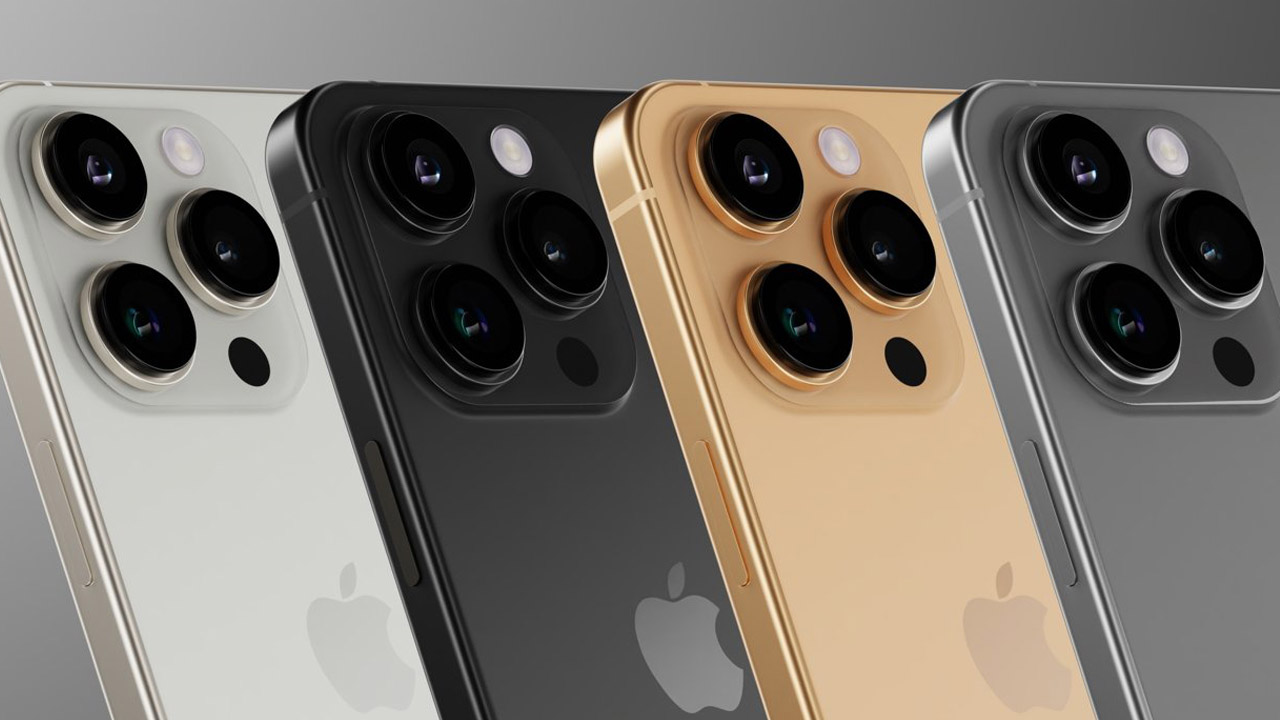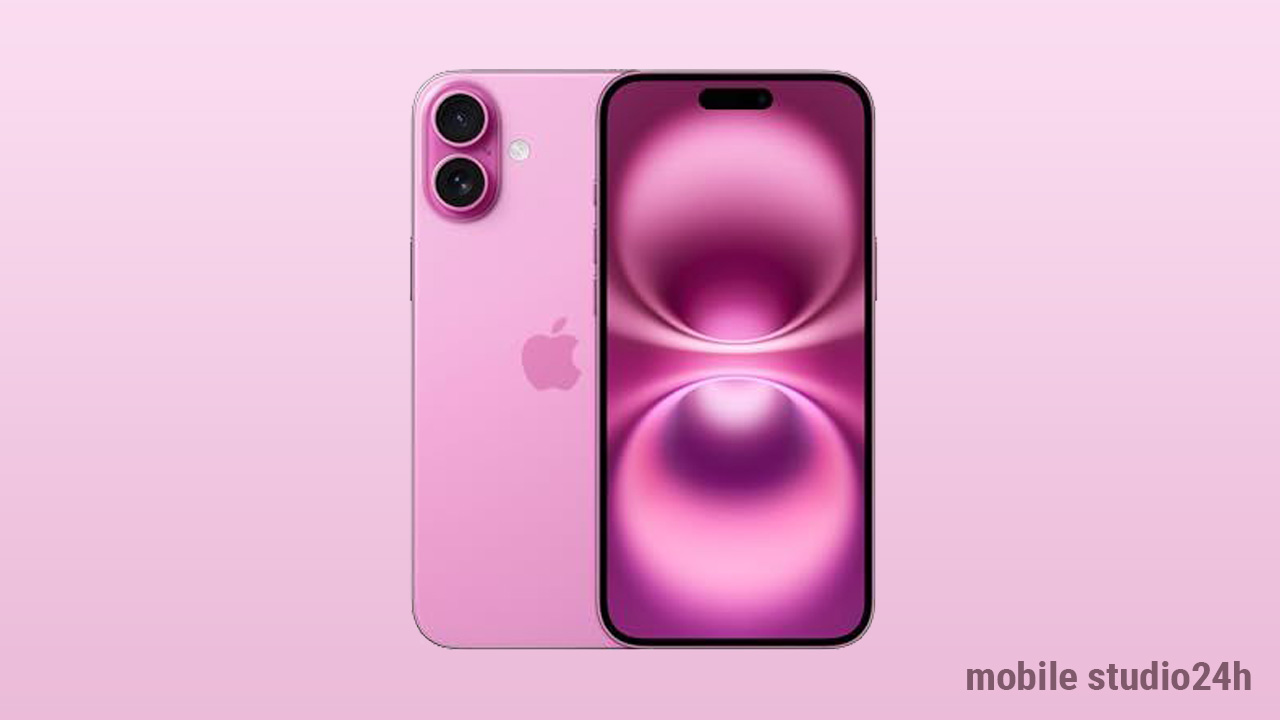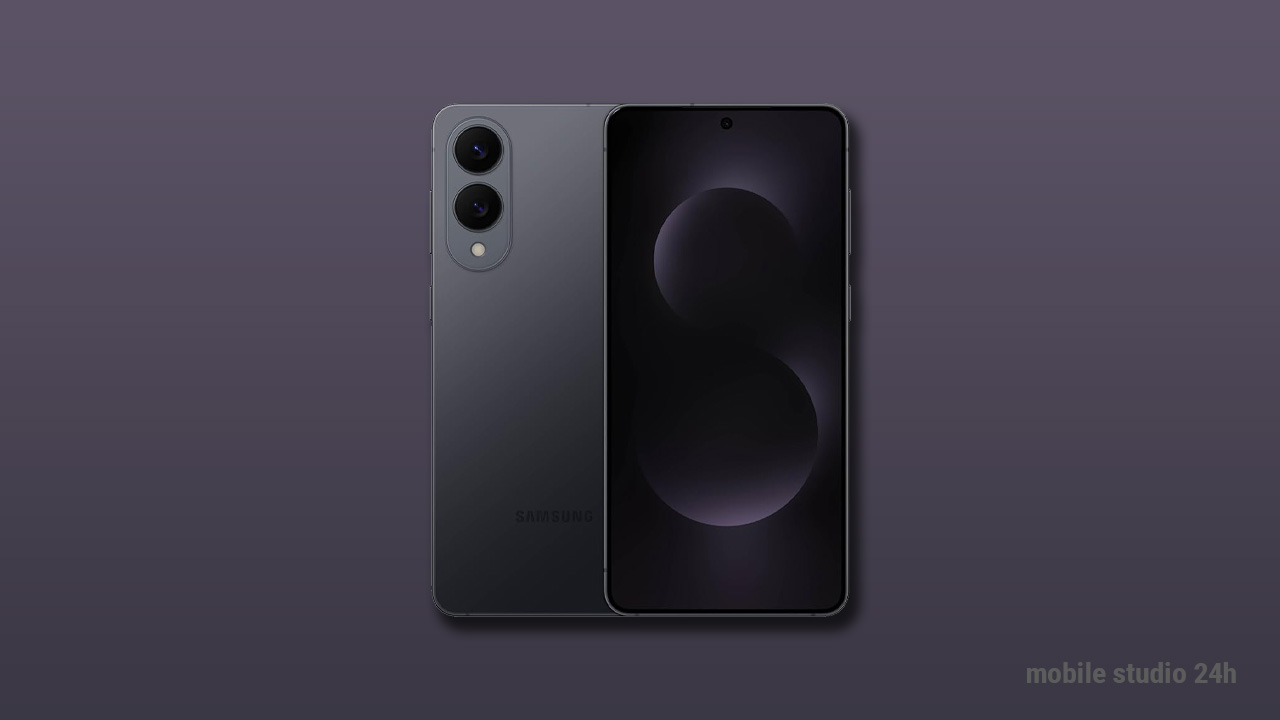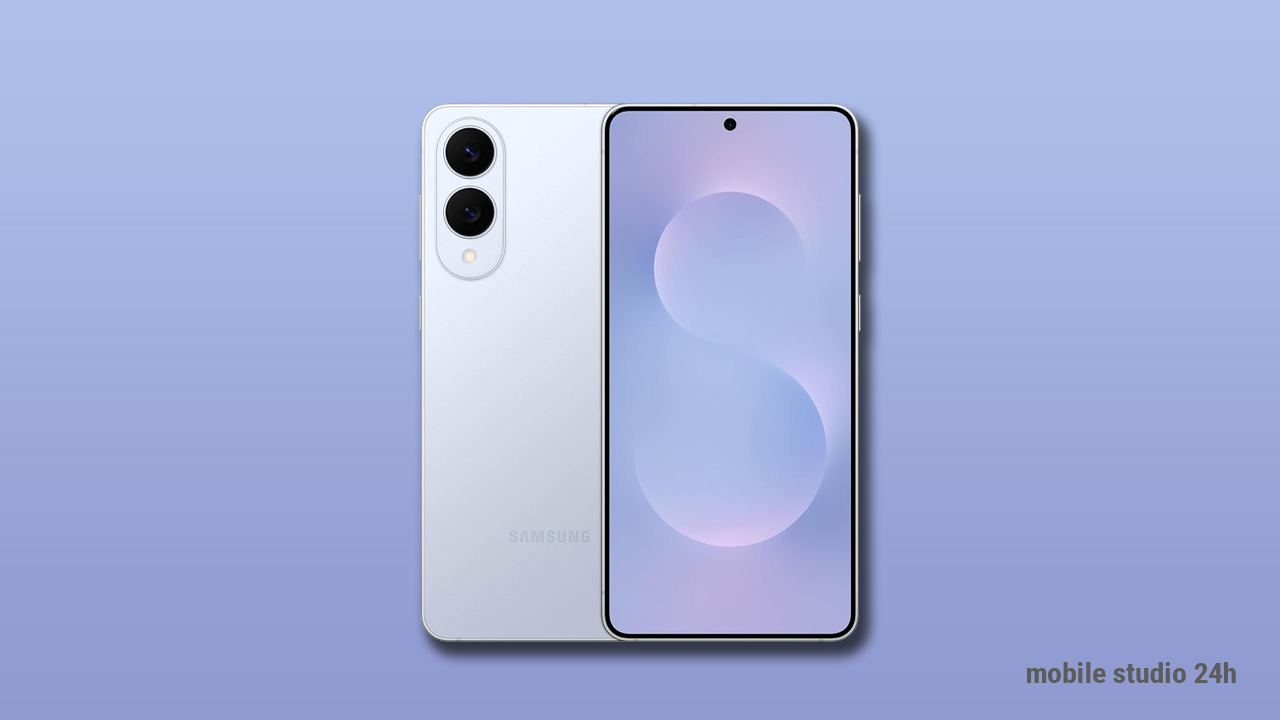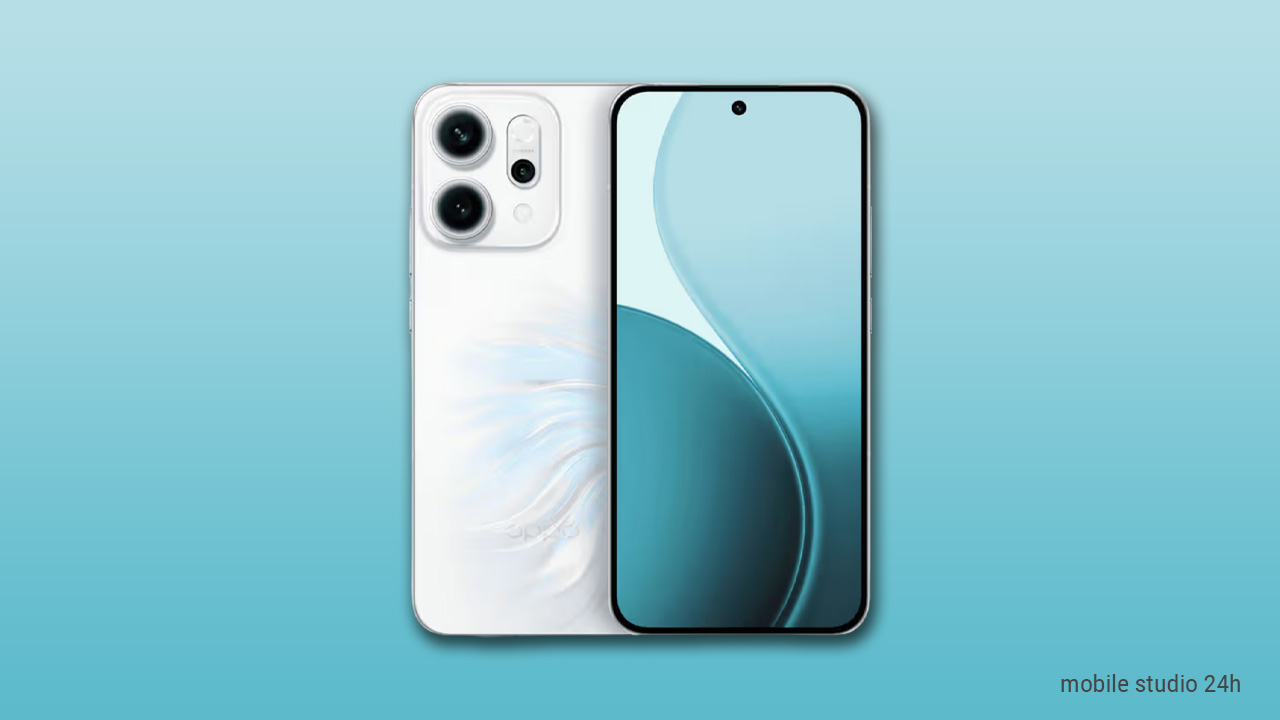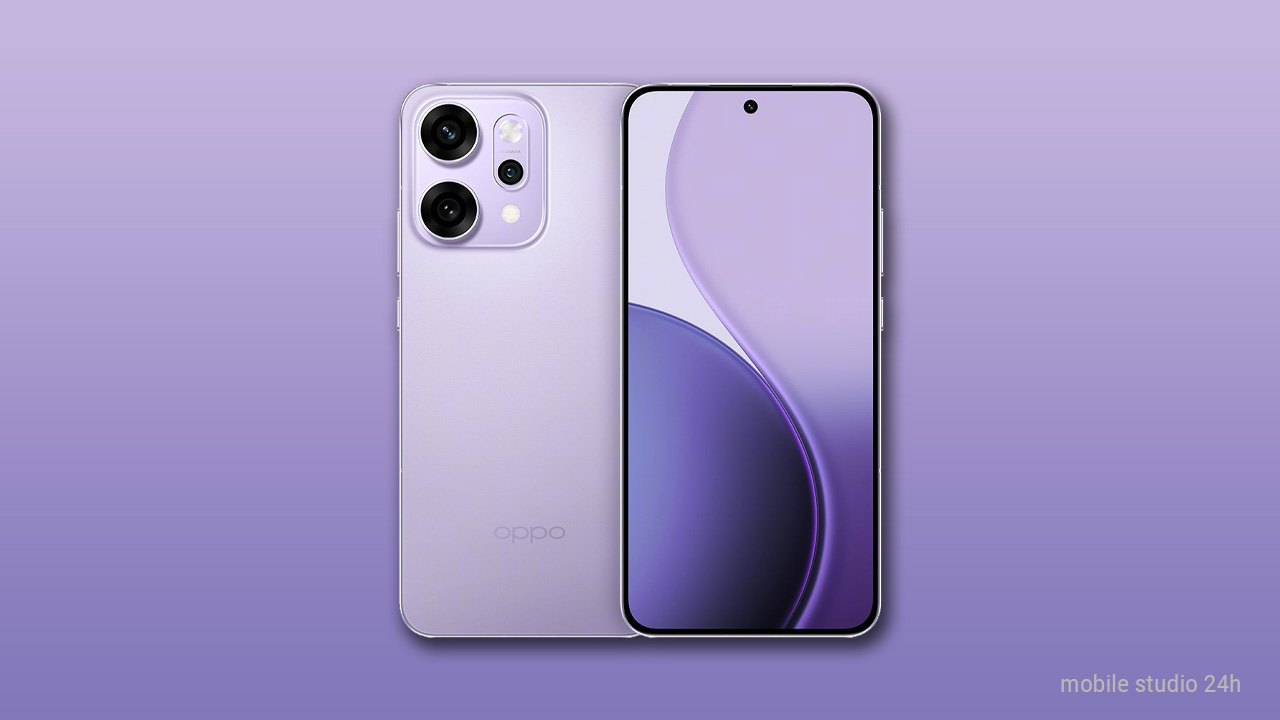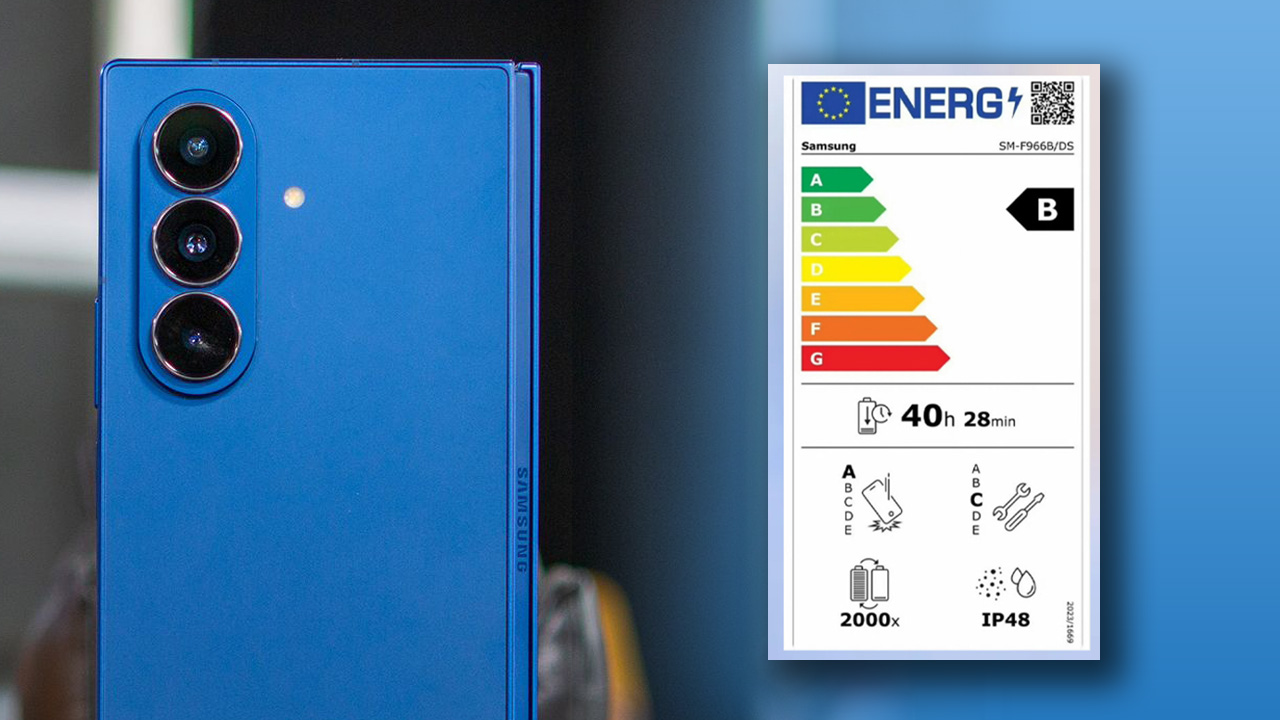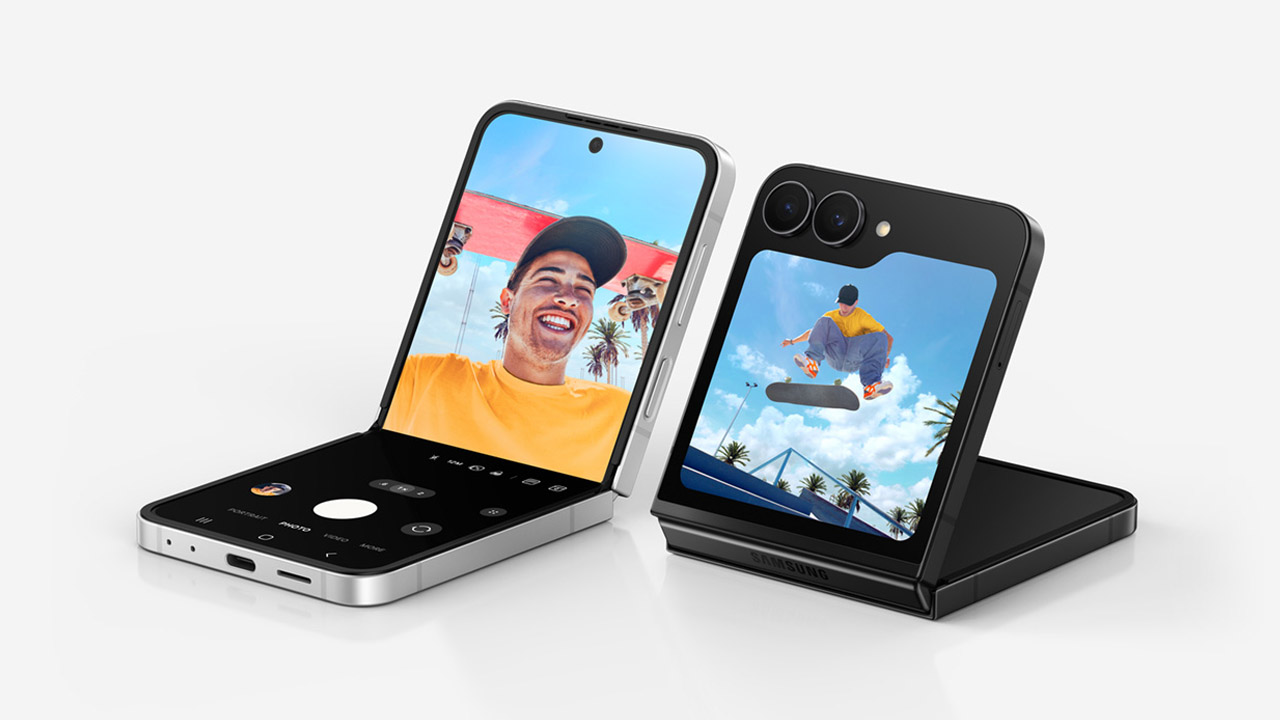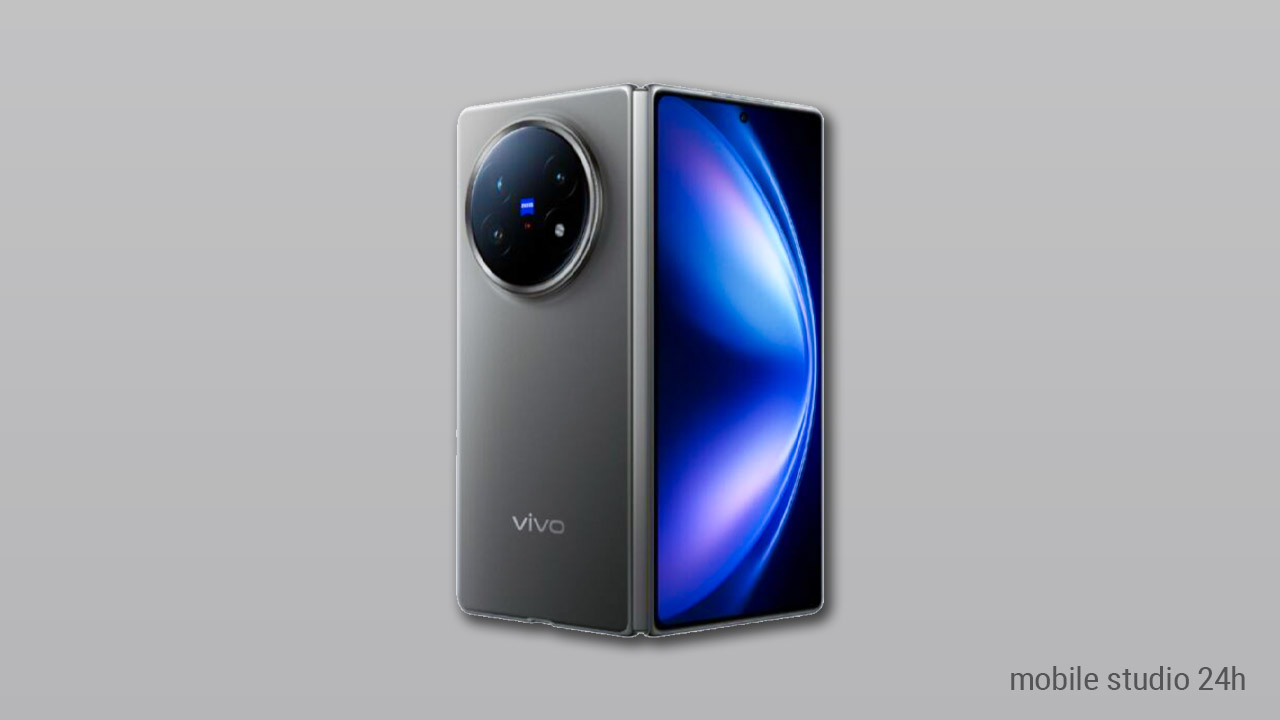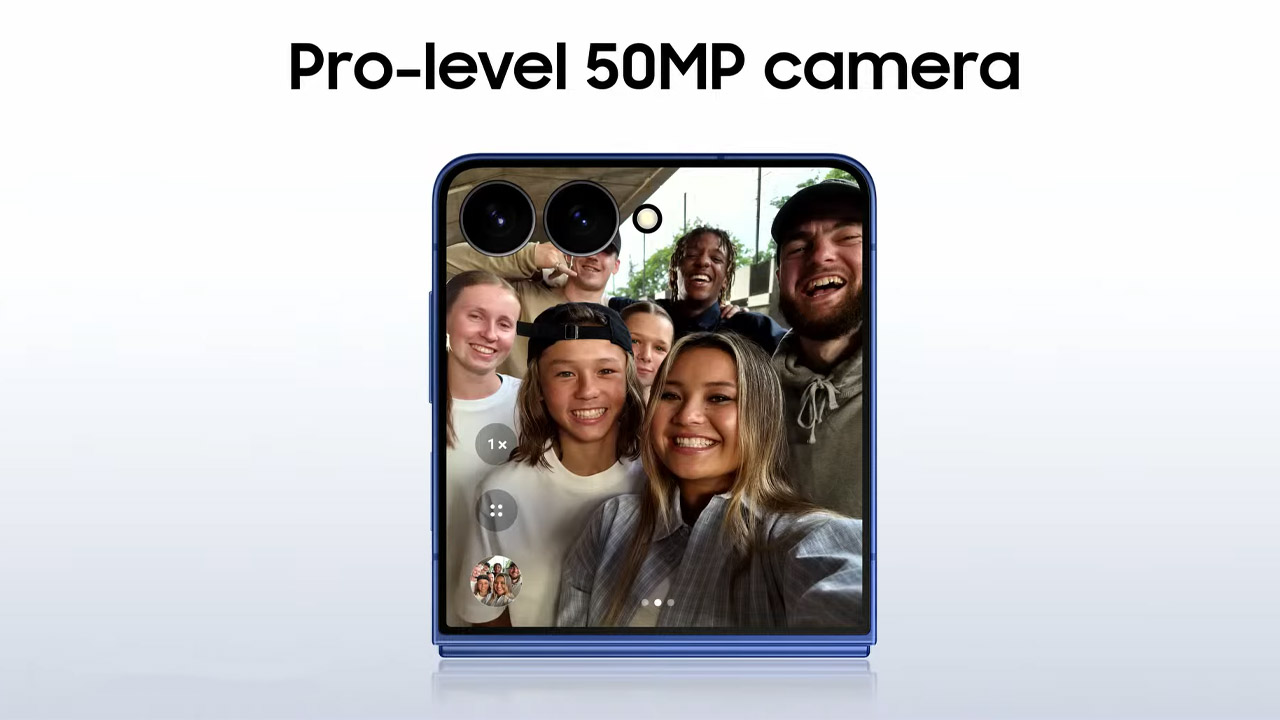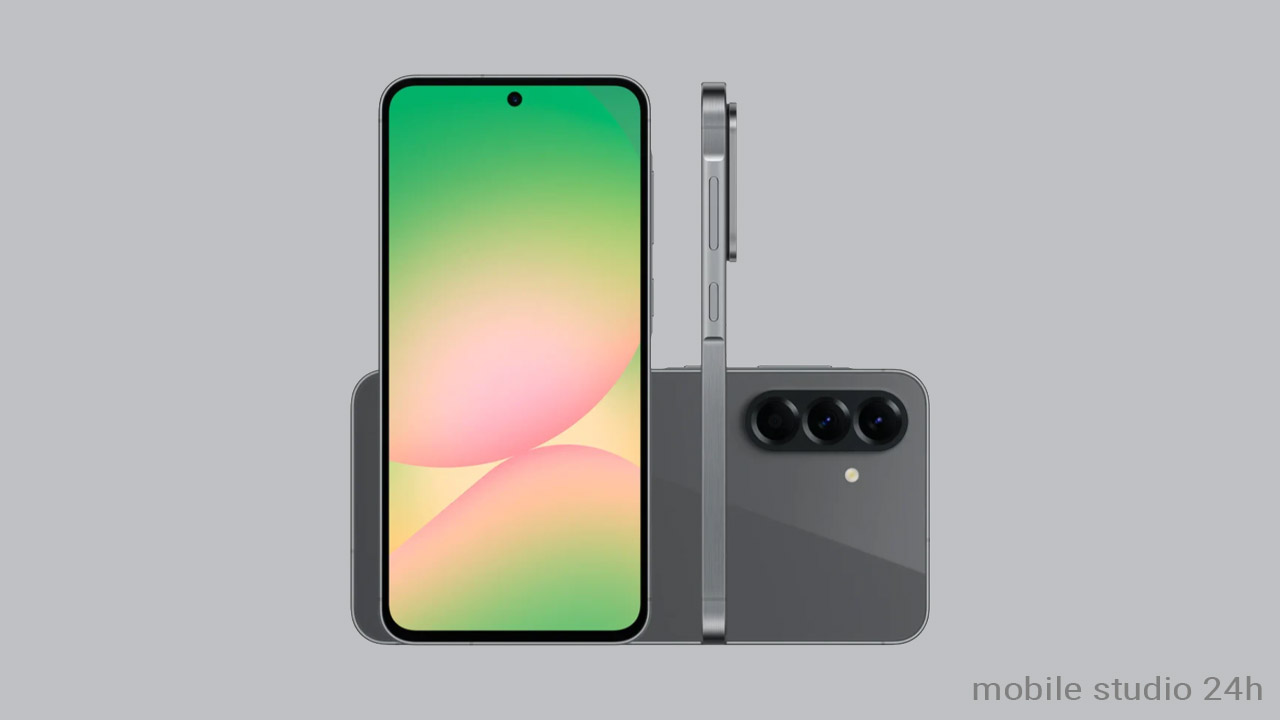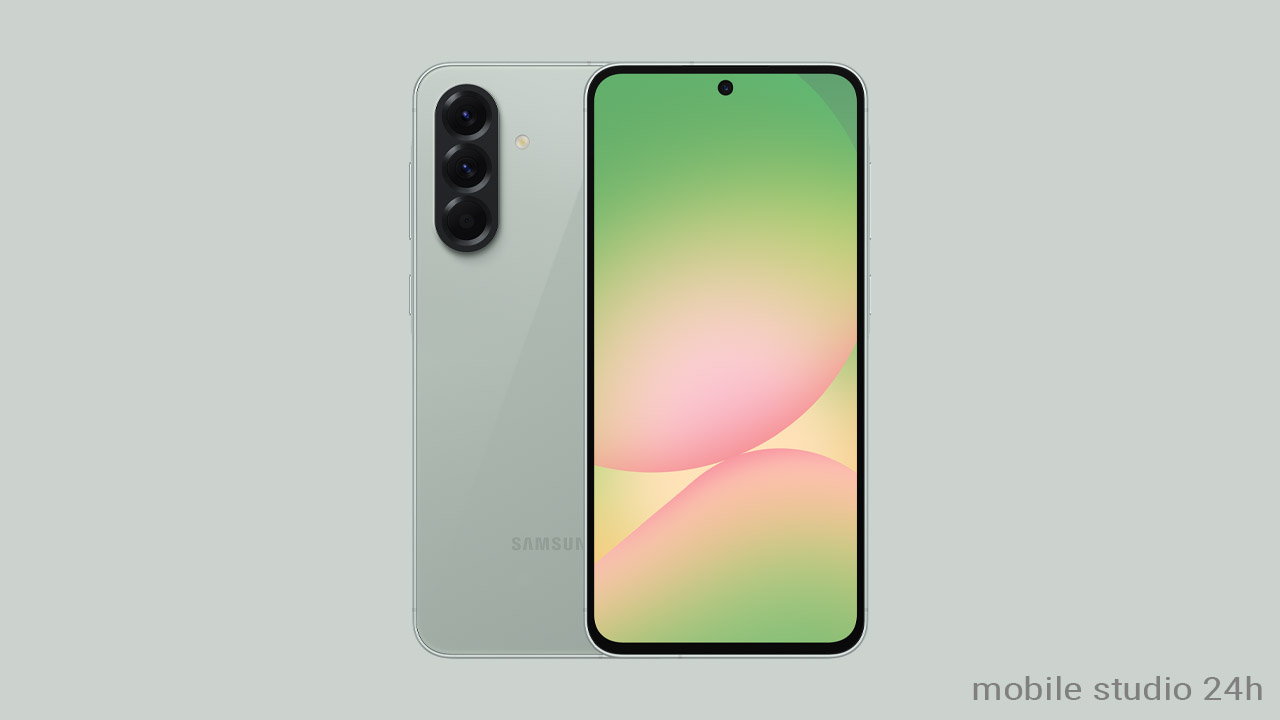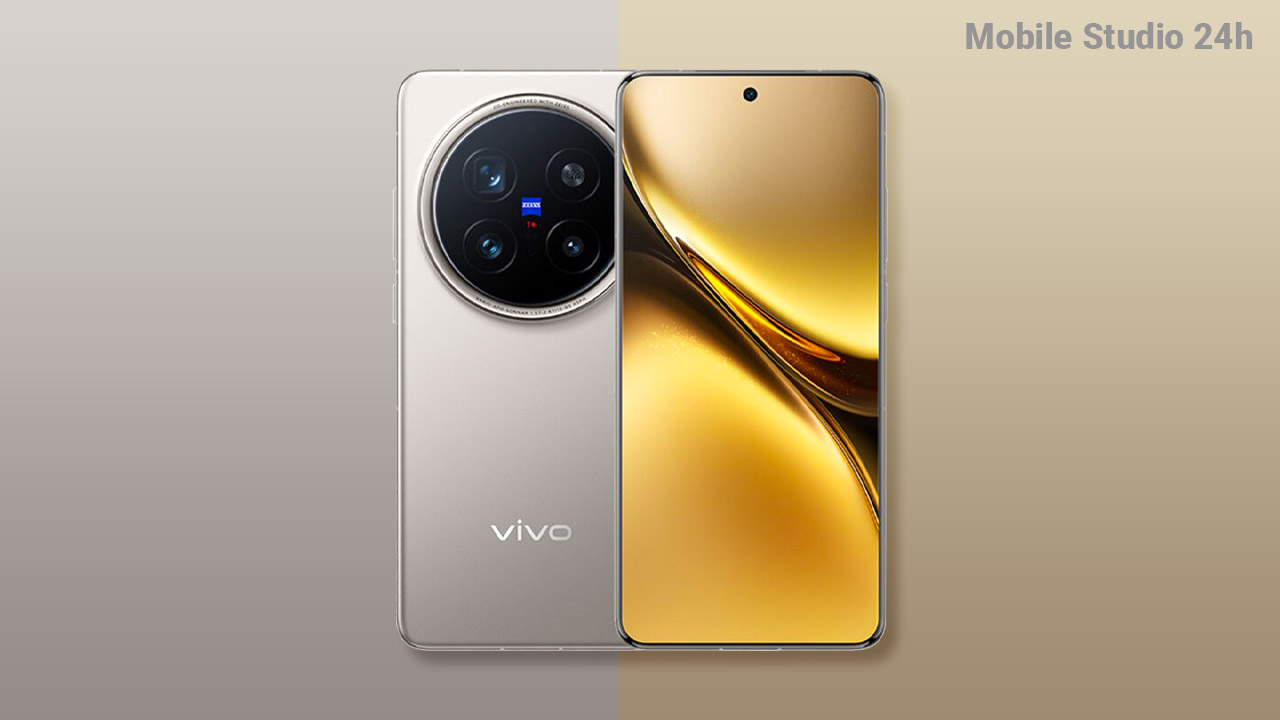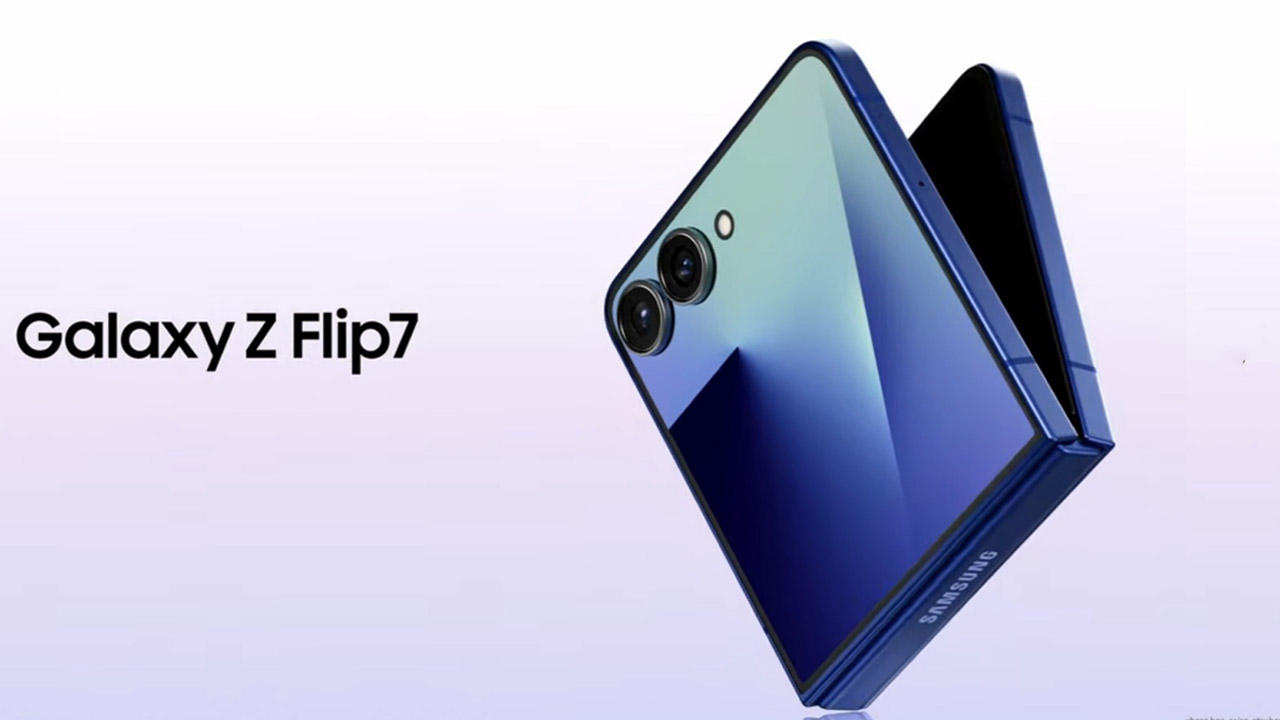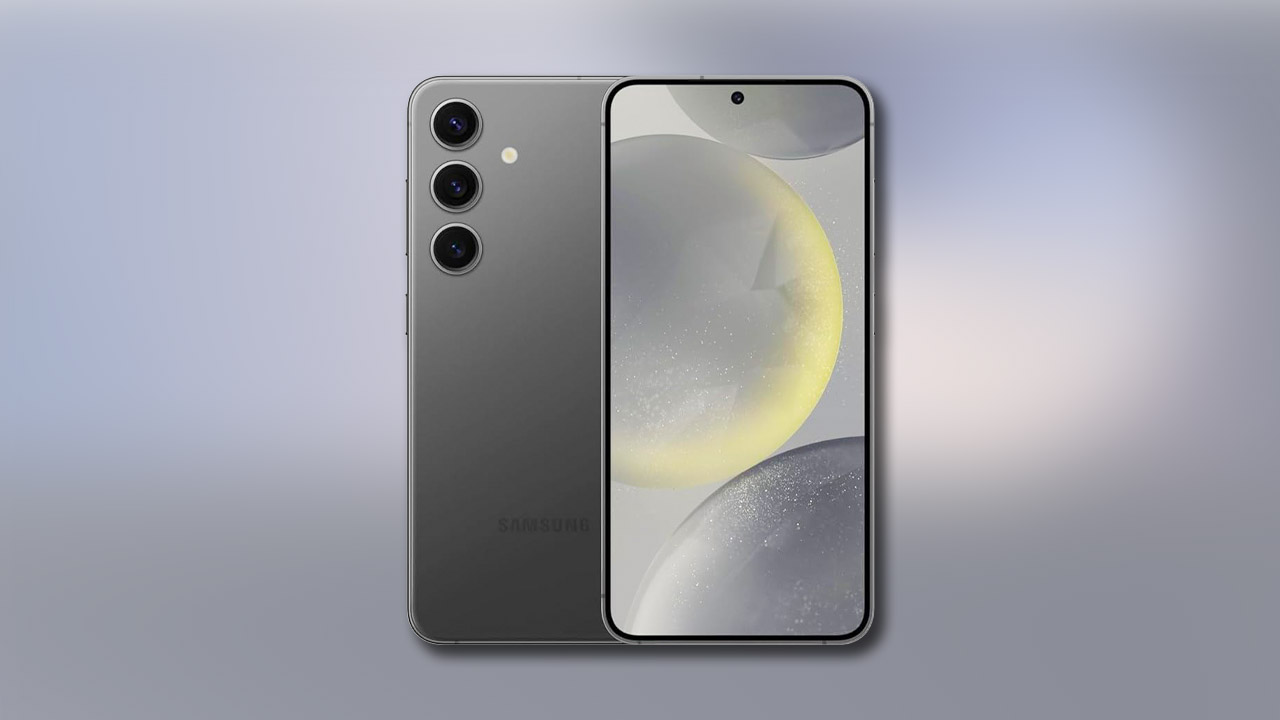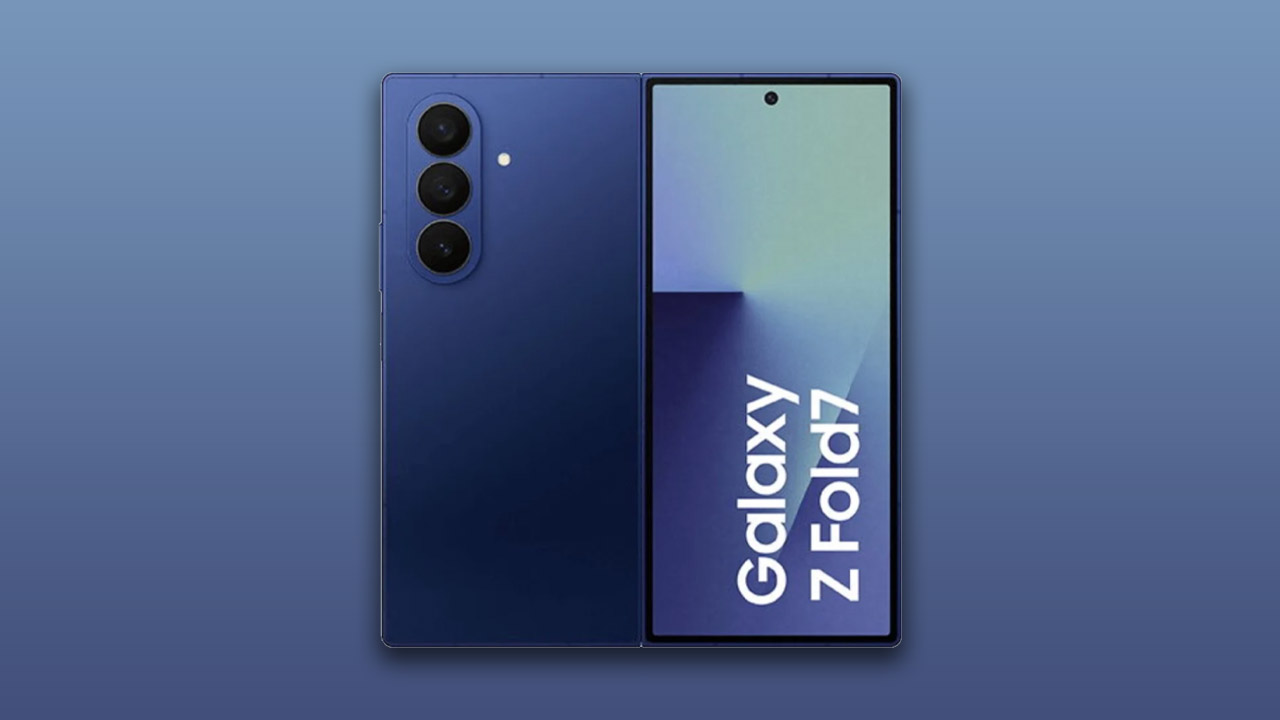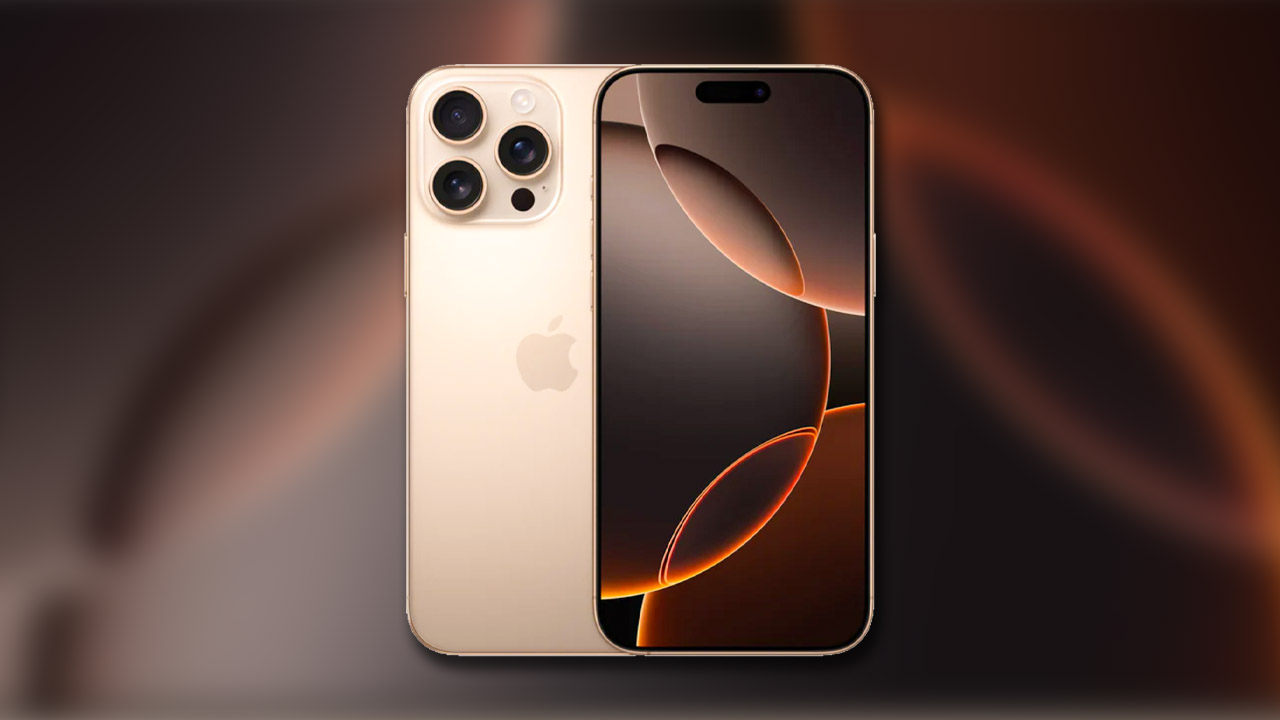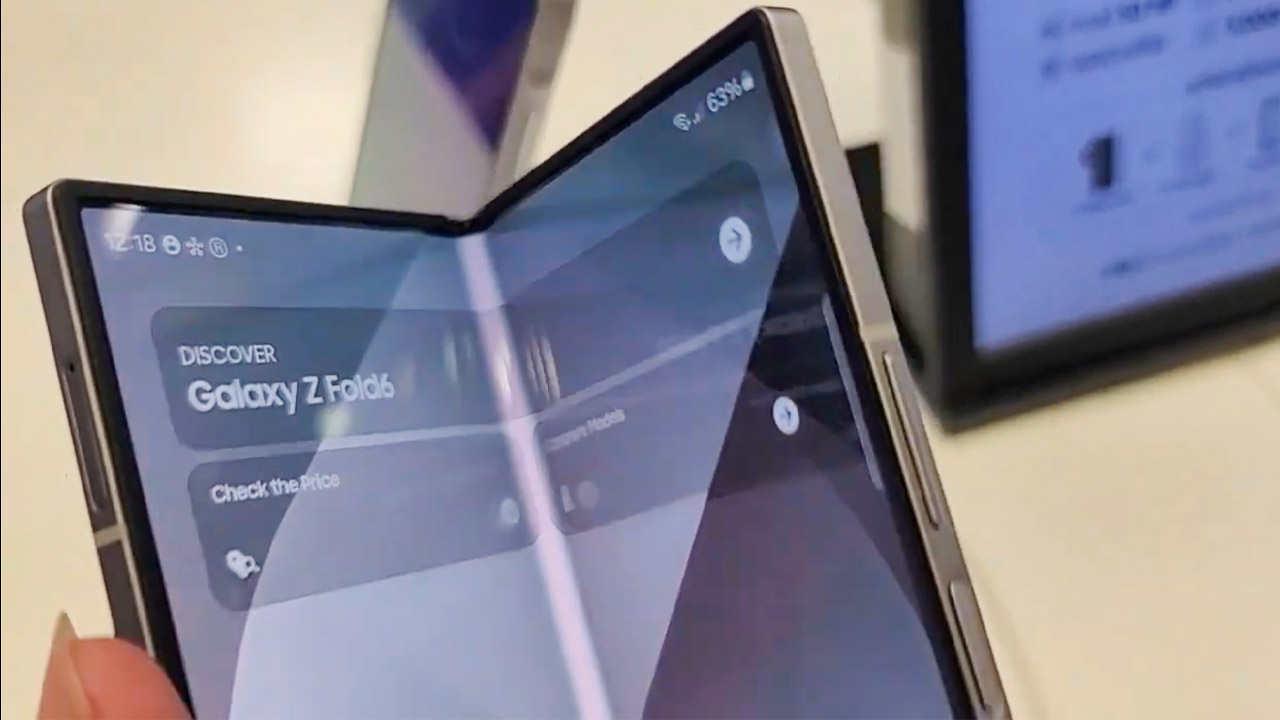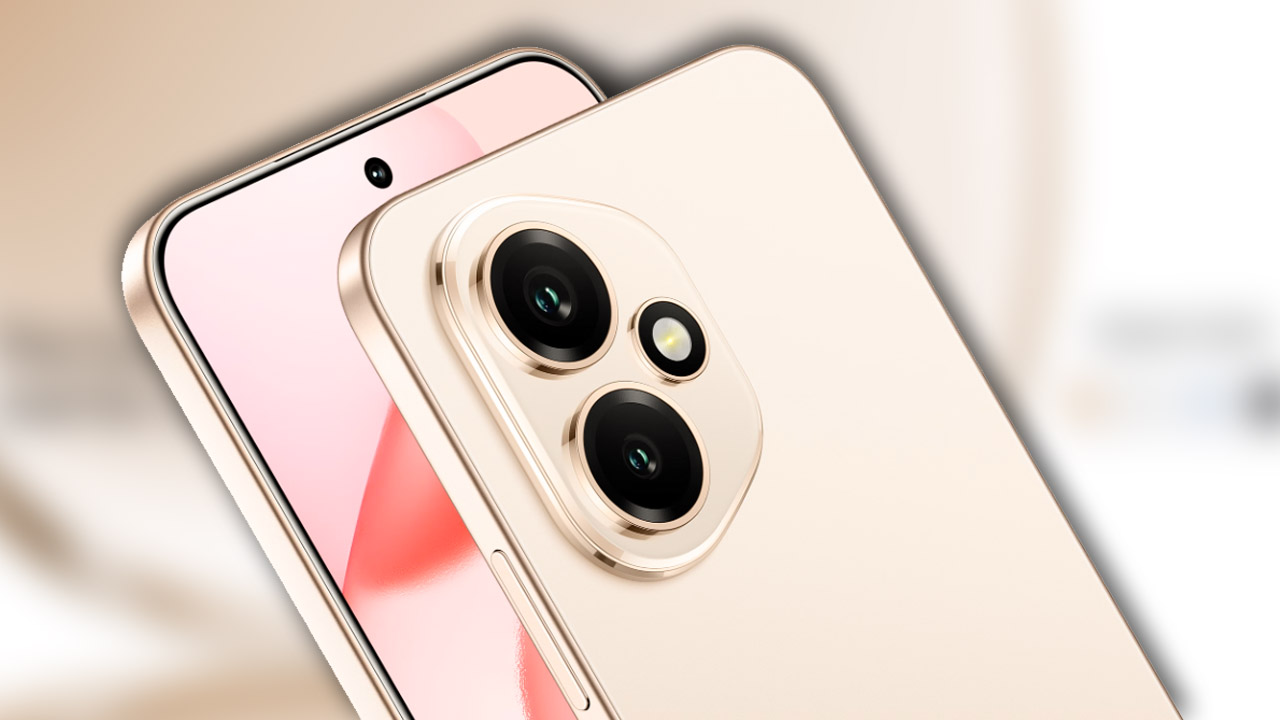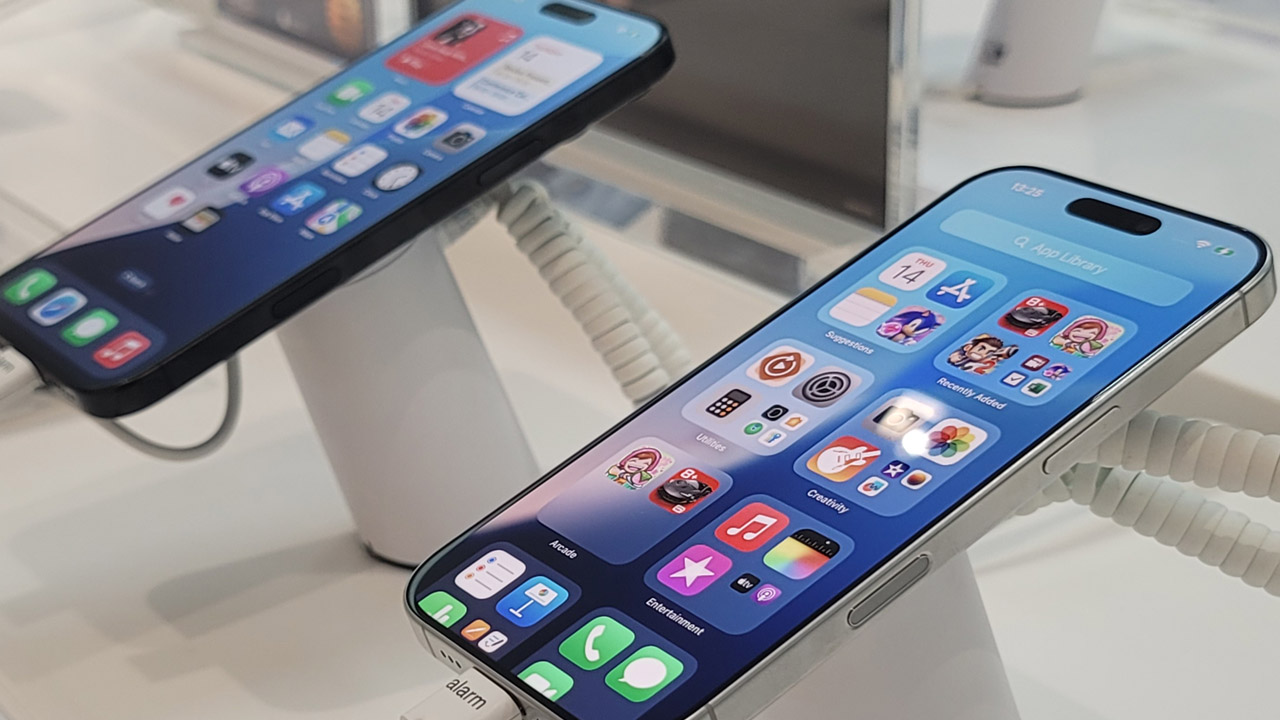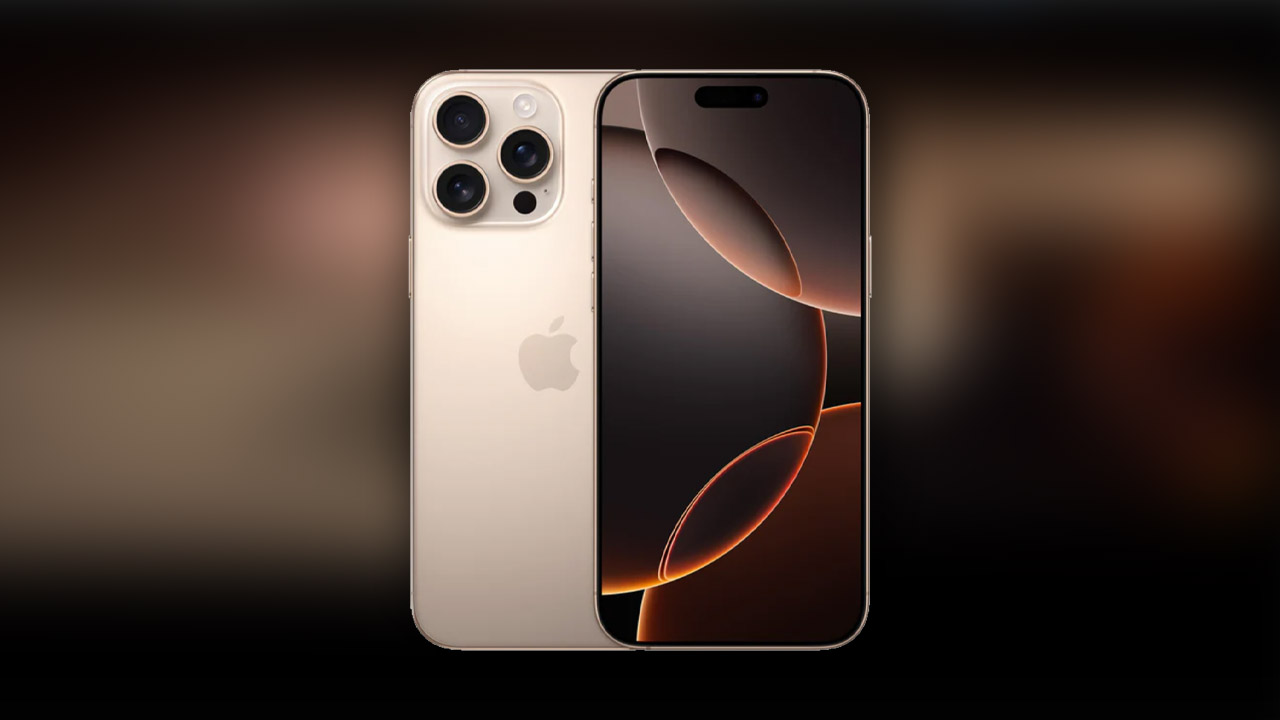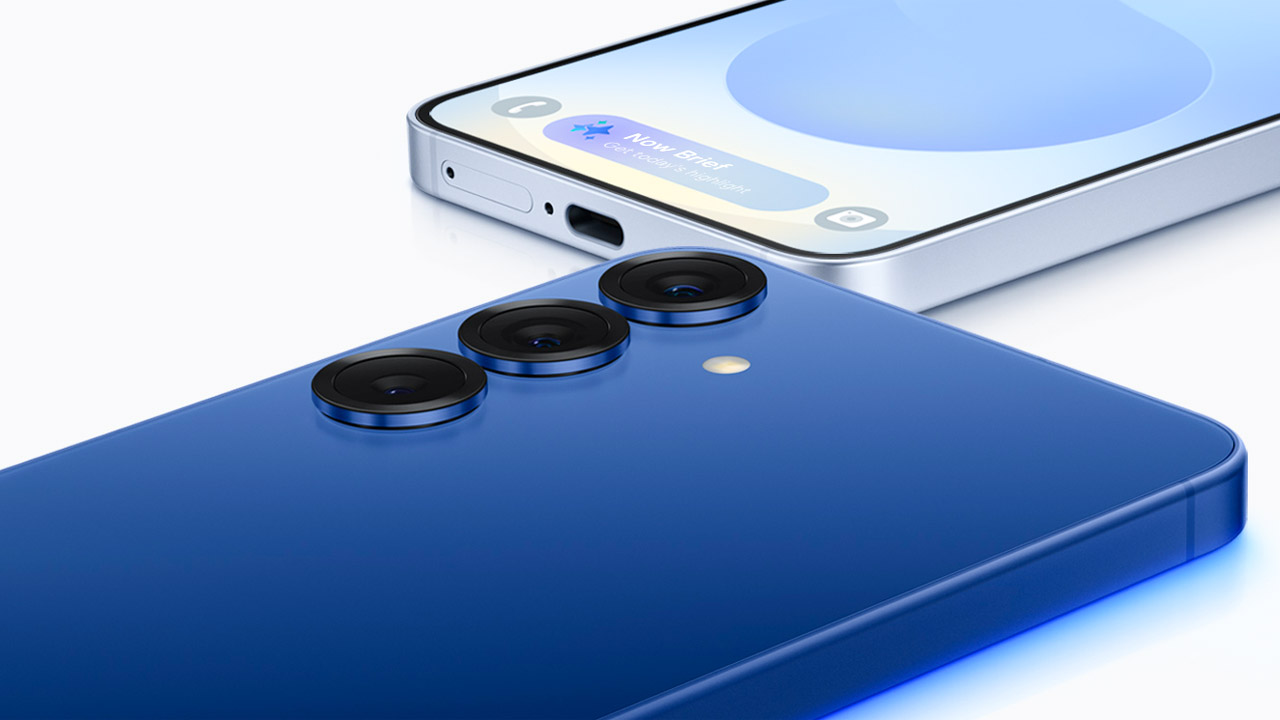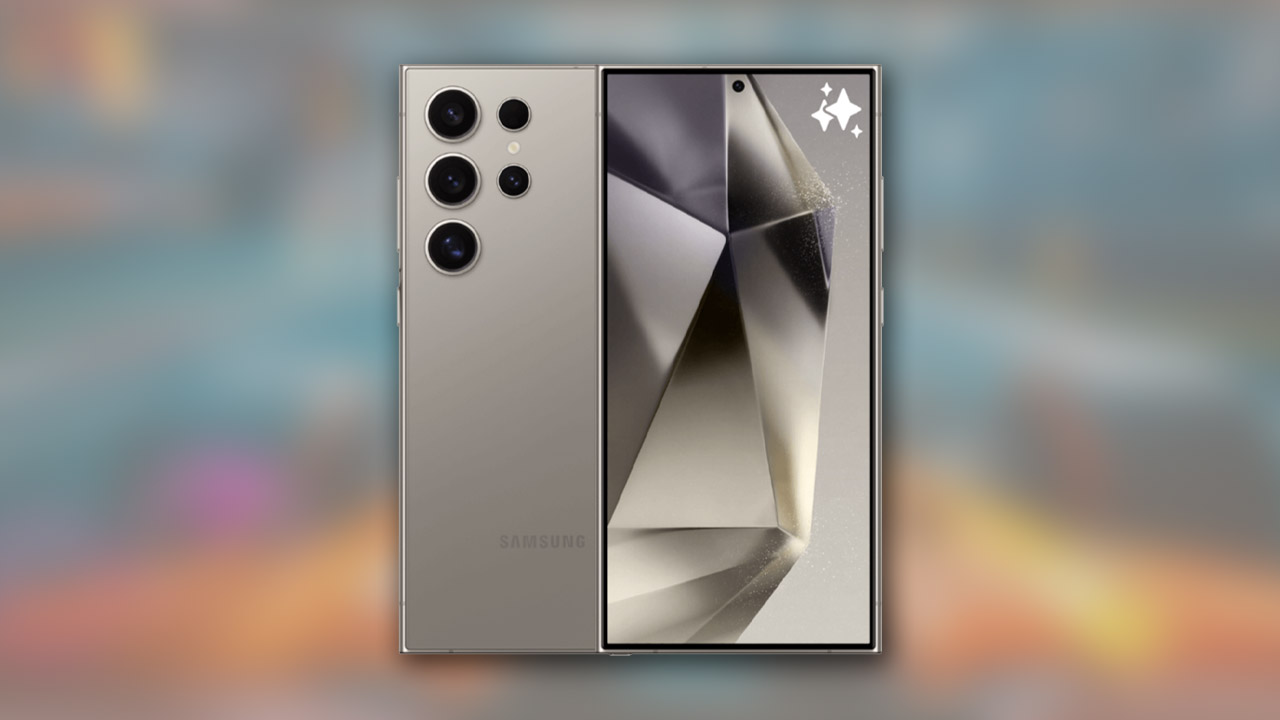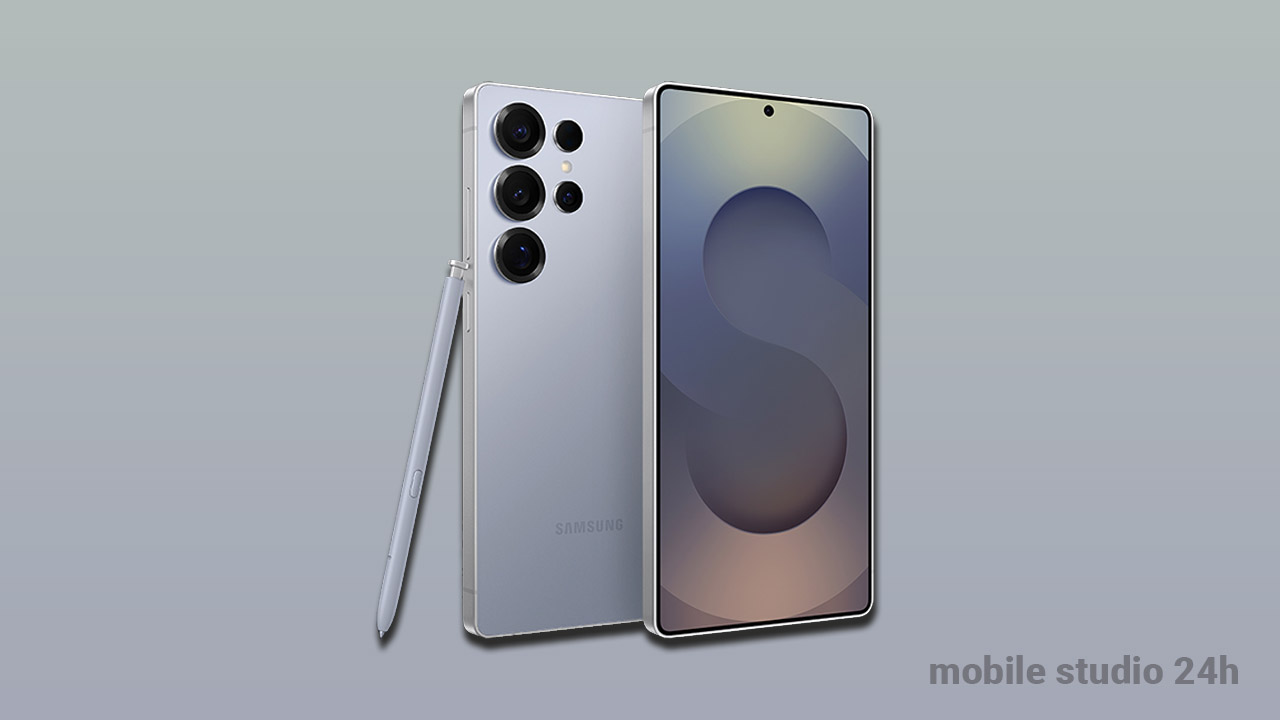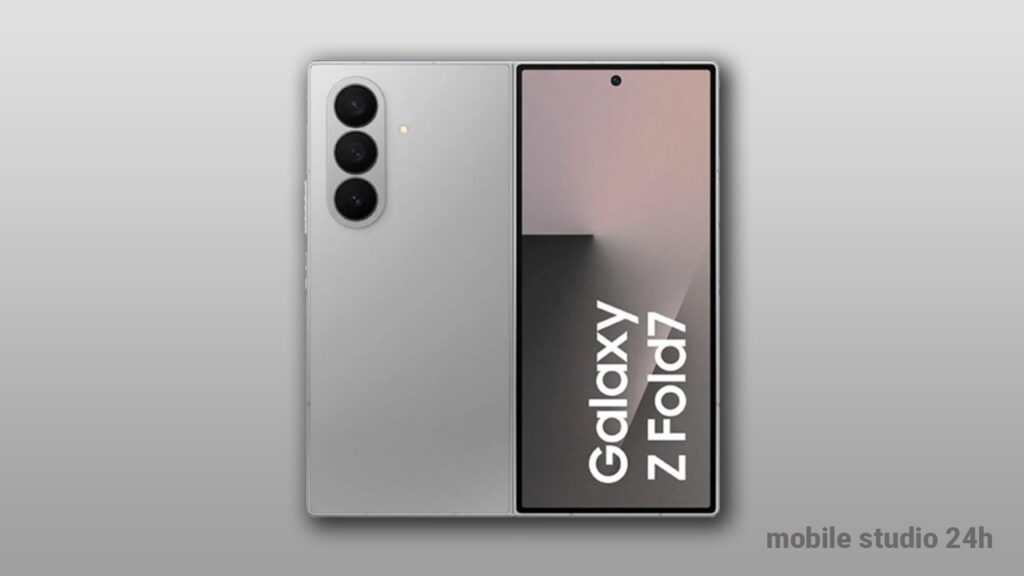
The Samsung Galaxy Z Fold 7 represents Samsung’s boldest foray yet into foldable territory, refining the formula in almost every aspect—
from its paper‑thin chassis to its powerhouse internals. Here’s an in‑depth look at what makes the Z Fold 7 stand out.
Design & Build
Samsung has engineered the Z Fold 7 to be remarkably slim and light for a foldable. When unfolded, it measures just 4.2 mm thick (down from 5.6 mm on the Z Fold 6) and only 8.9 mm when closed, making it barely thicker than most traditional flagships
Weighing in at just 215 g, it’s even lighter than the S25 Ultra, yet retains premium materials—Gorilla Glass Ceramic 2 on the front,
Gorilla Glass Victus 2 on the back, and an Advanced Armor Aluminum frame
A re‑engineered Armor Flex Hinge uses a finer water‑drop curve to minimize the inner crease, and Samsung claims it’s both more robust and smoother than before.
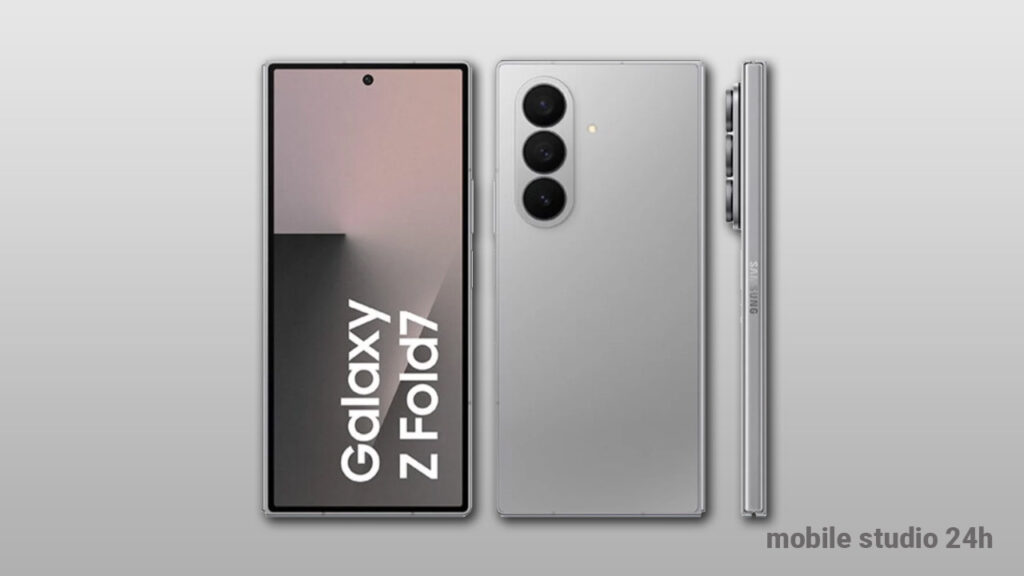
Display
The flagship feature remains the dual‑screen setup. Inside, an expansive 8.2‑inch QXGA+ LTPO AMOLED panel delivers up to 120 Hz refresh,
and a staggering 2,600 nits peak brightness, ensuring crisp text, vivid colors, and exceptional outdoor legibility.
The external cover screen has also grown to 6.5 inches, matching the same 120 Hz LTPO AMOLED tech,
and 2,520 × 1,080 resolution, so everyday one‑handed tasks feel more natural.
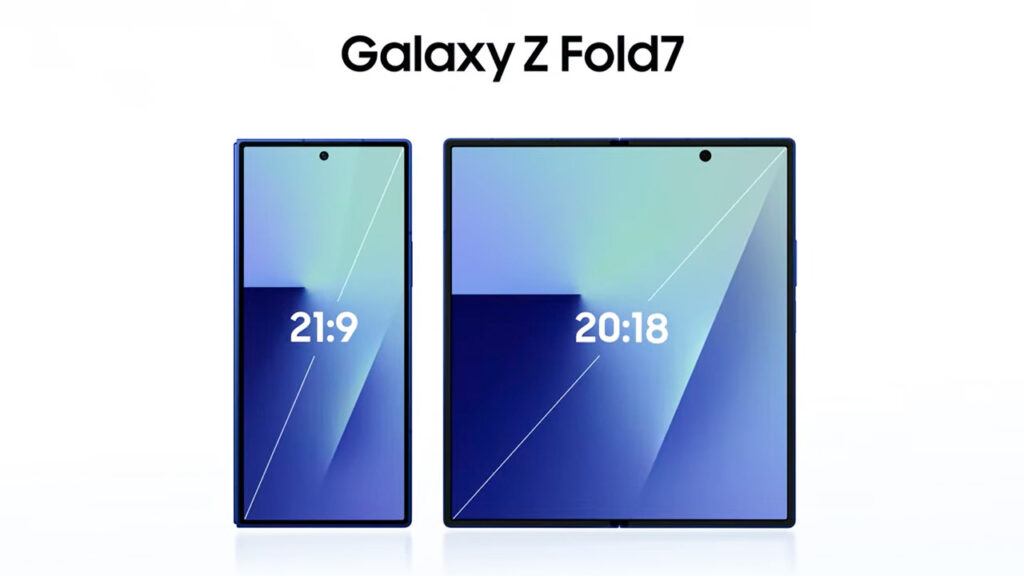
Performance
Under the hood sits Qualcomm’s latest Snapdragon 8 Elite for Galaxy (also known as Snapdragon 8 Gen 4 Elite Edition),
paired with either 12 GB of RAM on lower‑capacity models or a whopping 16 GB on the 1 TB varia
This brings a roughly 20 % uplift in raw performance and far better thermal efficiency compared to last year’s chip.
Everyday tasks, heavy multitasking, and gaming all run butter‑smooth, with no noticeable slowdowns even when juggling three apps side‑by‑side.
Camera System
Samsung has gone big on imaging this time. The main sensor is now a 200 MP Quad Pixel unit (f/1.7) with advanced autofocus,
and improved low‑light capture, a leap from the 50 MP module in the Z Fold 6
It’s joined by a 12 MP ultra‑wide (f/2.2) and a 10 MP 3× telephoto (f/2.4) with OIS, covering most shooting scenarios.
Selfies are handled by 10 MP cameras on both the cover and under‑display, with better edge detection and video‑call clarity.
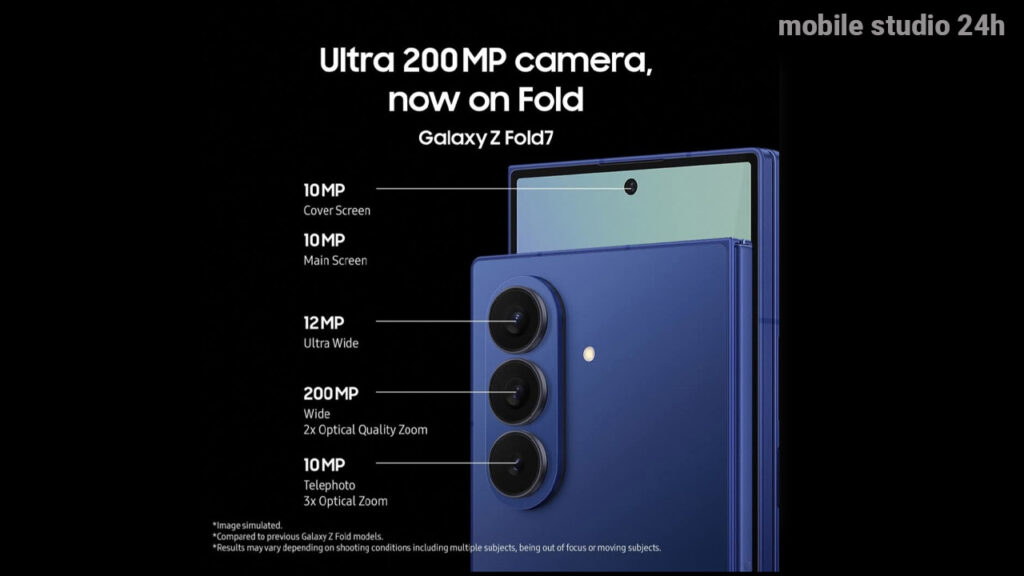
Software & AI Features
Launching with One UI 8 on Android 16, the Z Fold 7 boasts fold‑optimized improvements like smart split‑screen predictions, an adaptive taskbar,
and deeper Google Gemini integration (including Gemini Live for real‑time screen sharing).
New Photo Assist and Audio Eraser AI tools help clean up images and isolate sounds with a single tap.
Samsung also commits to seven years of OS and security updates, matching its best‑in‑class support promise.
Battery & Charging
Here Samsung stands its ground—and that may disappoint some. The Z Fold 7 retains the same 4,400 mAh dual‑cell battery,
as its predecessor, offering up to 24 hours of mixed‑use life thanks to efficiency gains in the chipset and One UI optimizations.
Wired charging tops out at 25 W, with 15 W wireless, and 4.5 W reverse wireless available. These figures lag behind some Chinese rivals offering 80 W–100 W speeds,
and larger cells, but Samsung argues the trade‑off was necessary to hit its ultra‑thin target
What’s Missing?
The biggest omission is S Pen support—Samsung removed the digitizer to save thickness, forcing users to look to the S25 Ultra for stylus capabilities.
Fast‑charging speeds haven’t budged either, and intense multitasking can still heat the device more than a flat phone.
Verdict
The Galaxy Z Fold 7 is an engineering marvel—ultra‑slim, blazing fast, and bursting with AI‑powered features. Its cameras finally match the lofty price tag,
and the displays set a new bar for foldable quality. Yet if you crave long battery life, rapid charging, or stylus support,
better value may lie with Chinese foldables like the Oppo Find N5 or Honor Magic V5. For those entrenched in Samsung’s ecosystem,
however, the Z Fold 7 remains the pinnacle of what Android foldables can offer in 2025.



